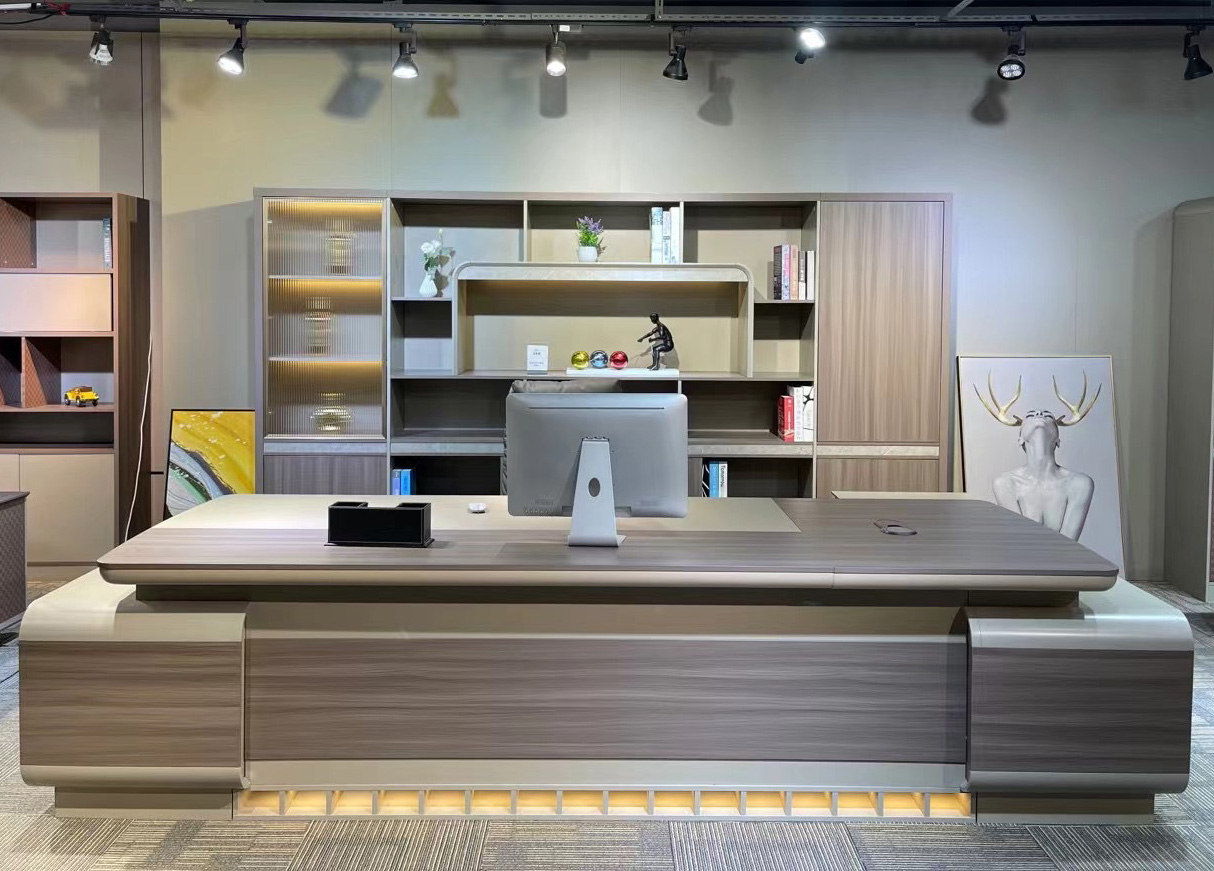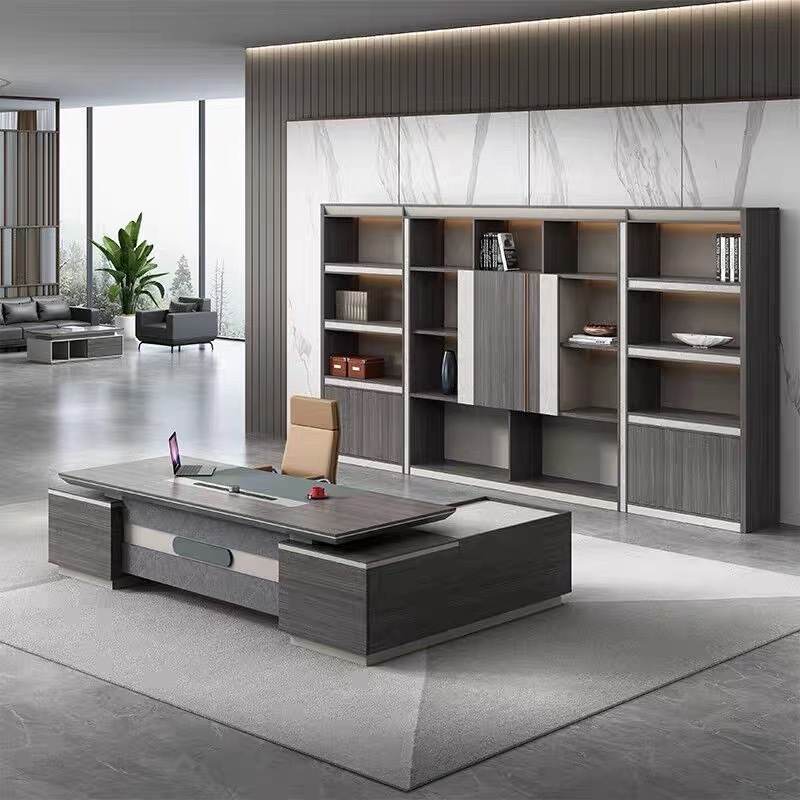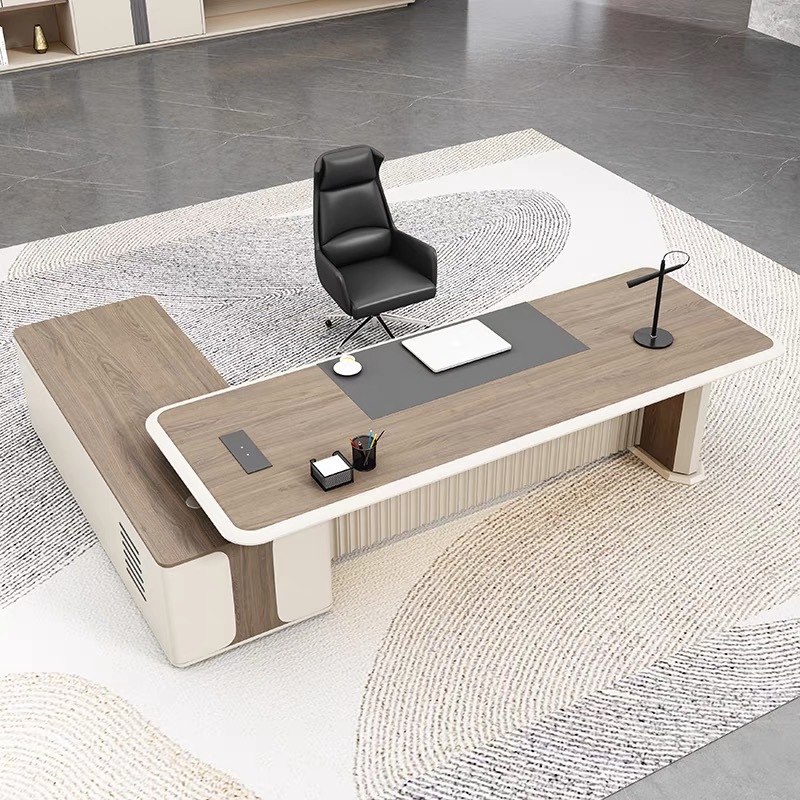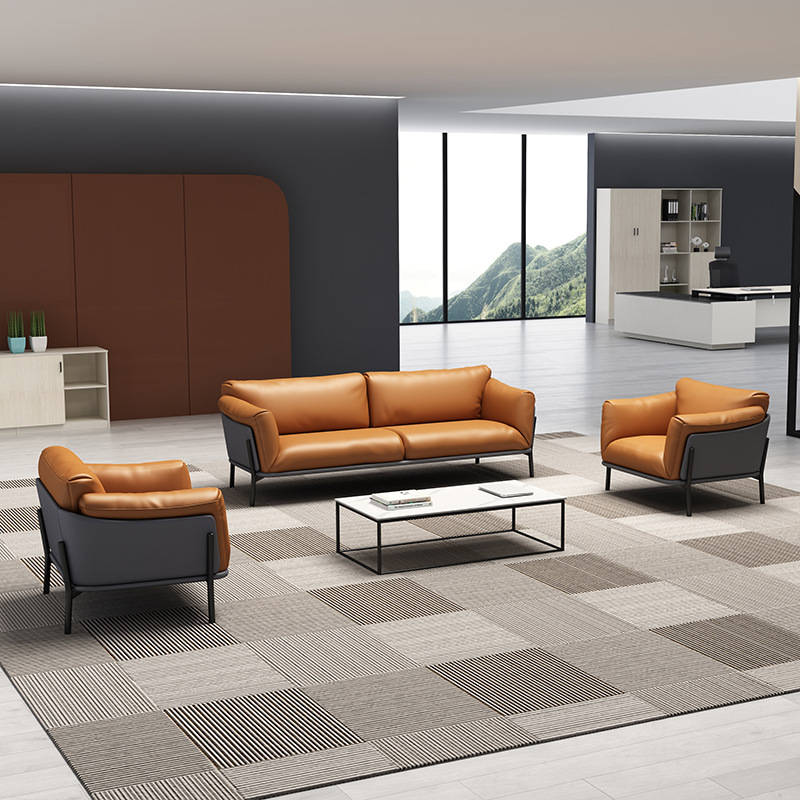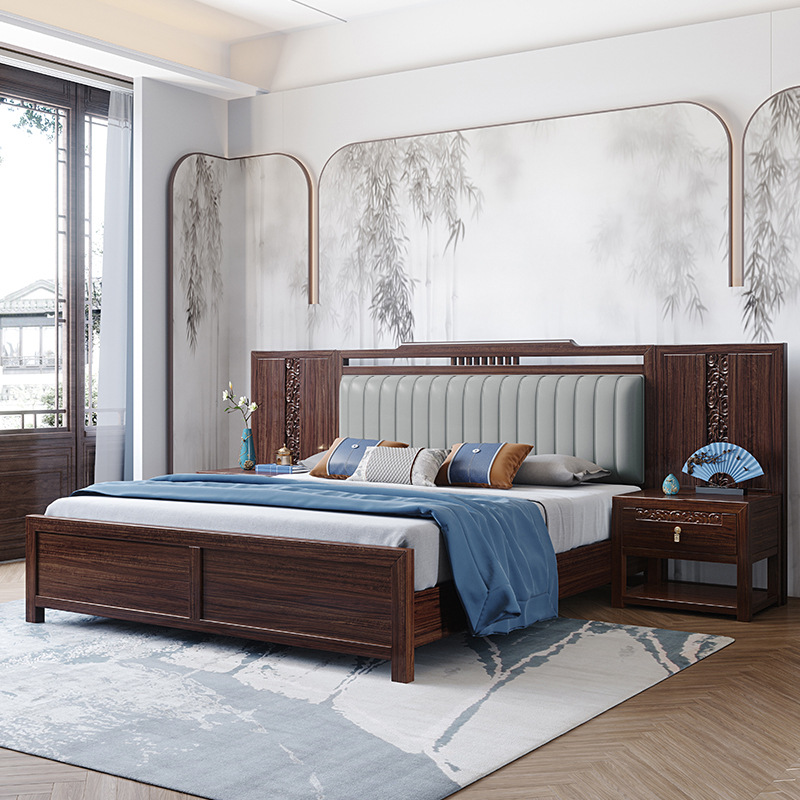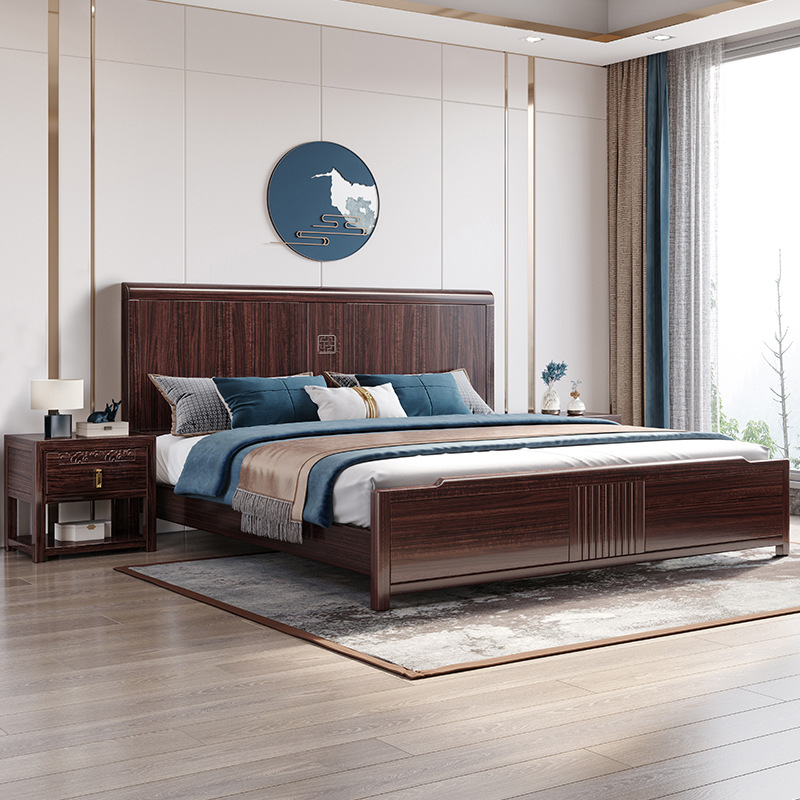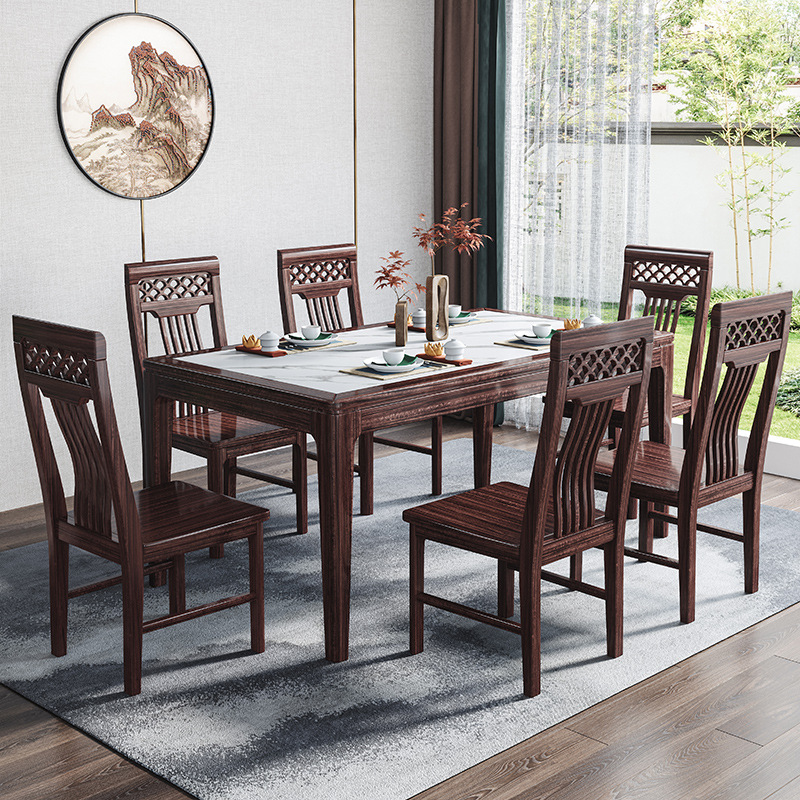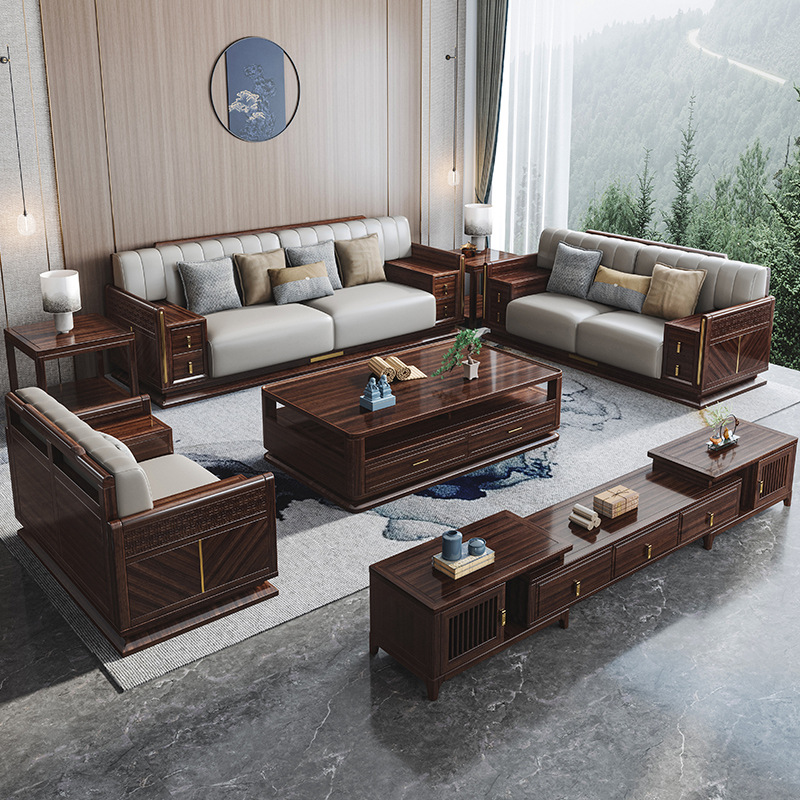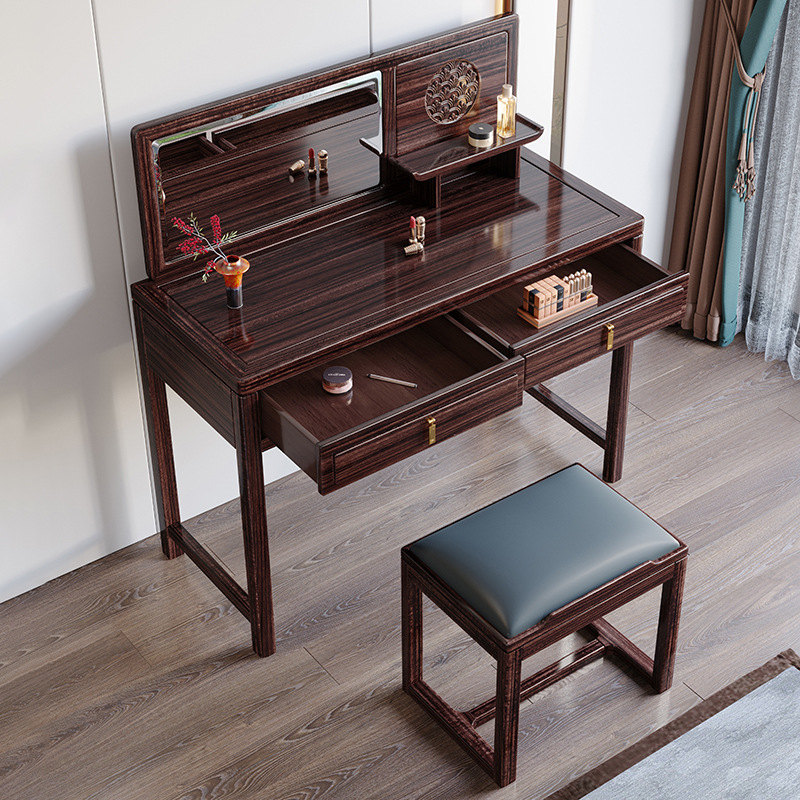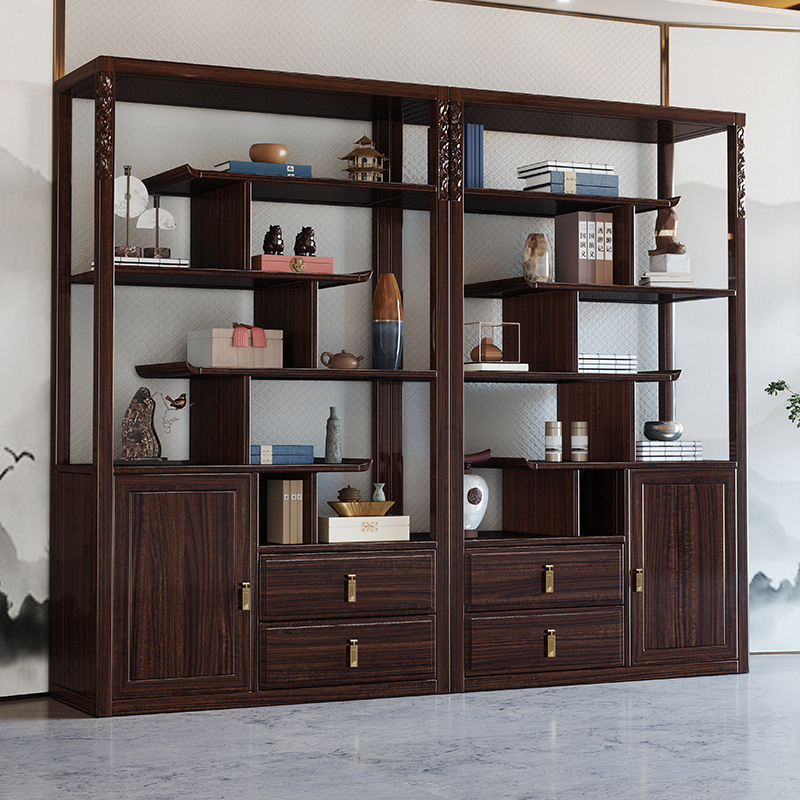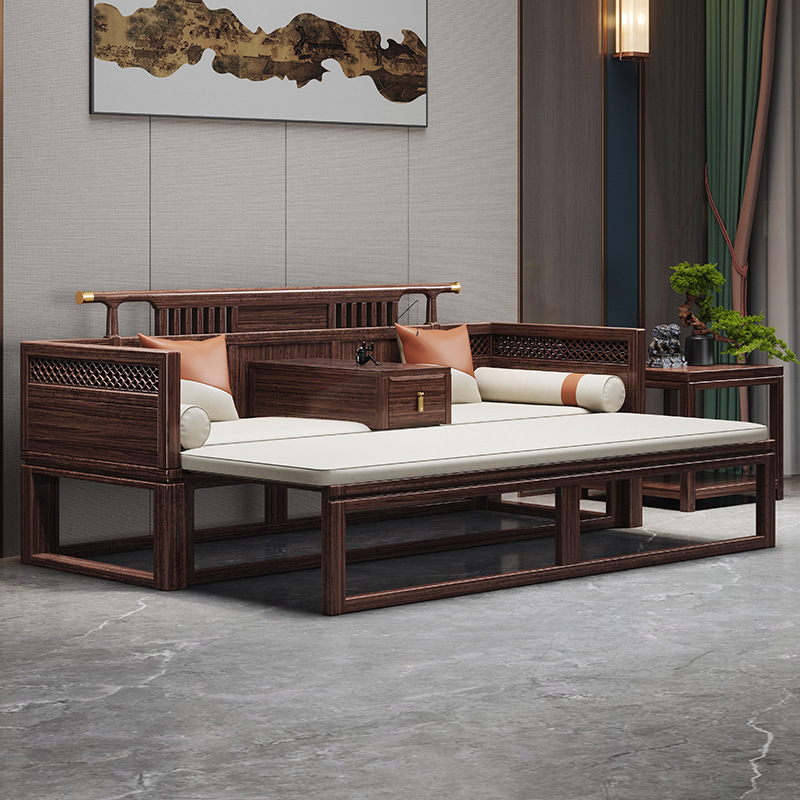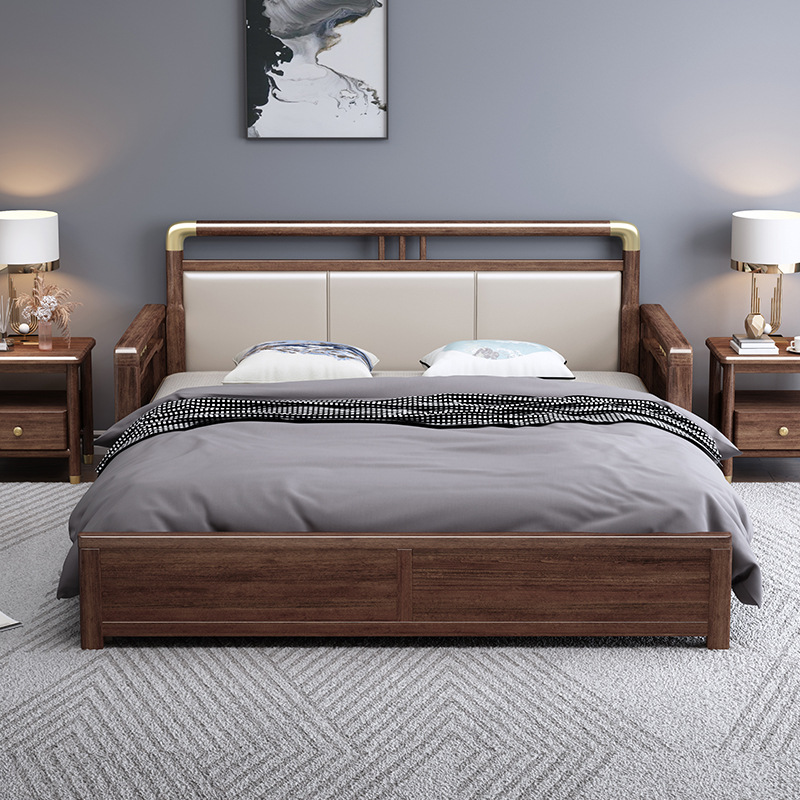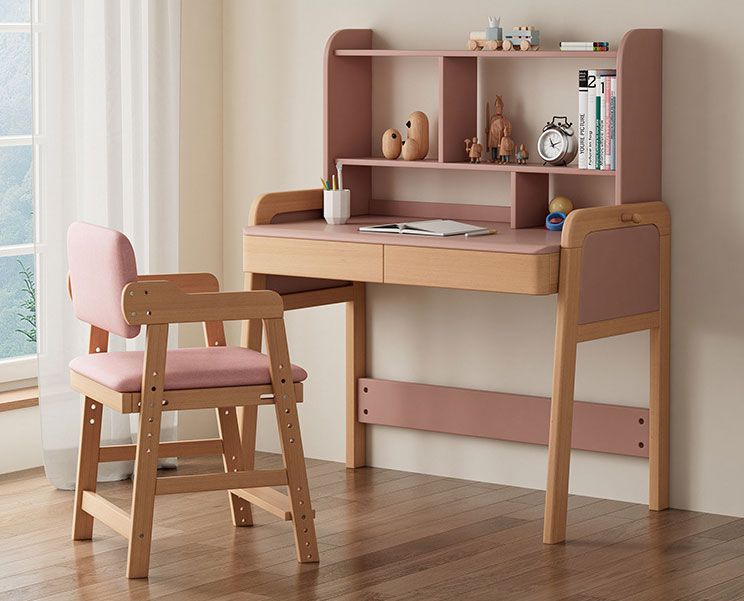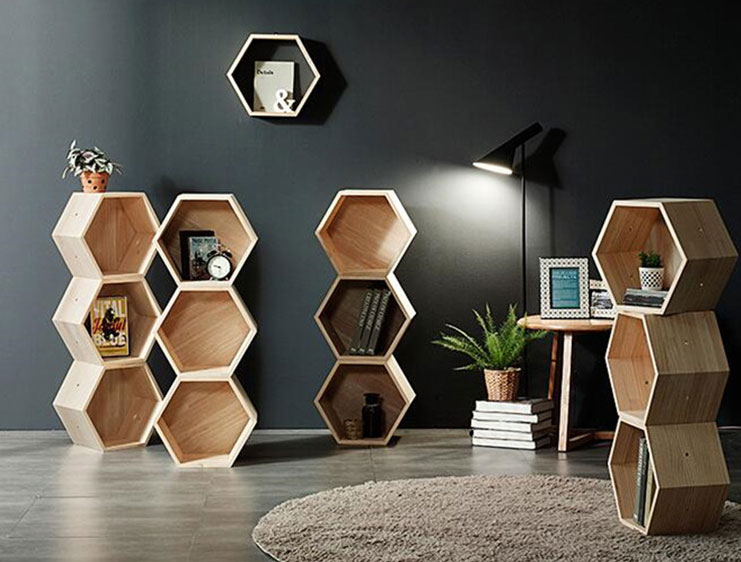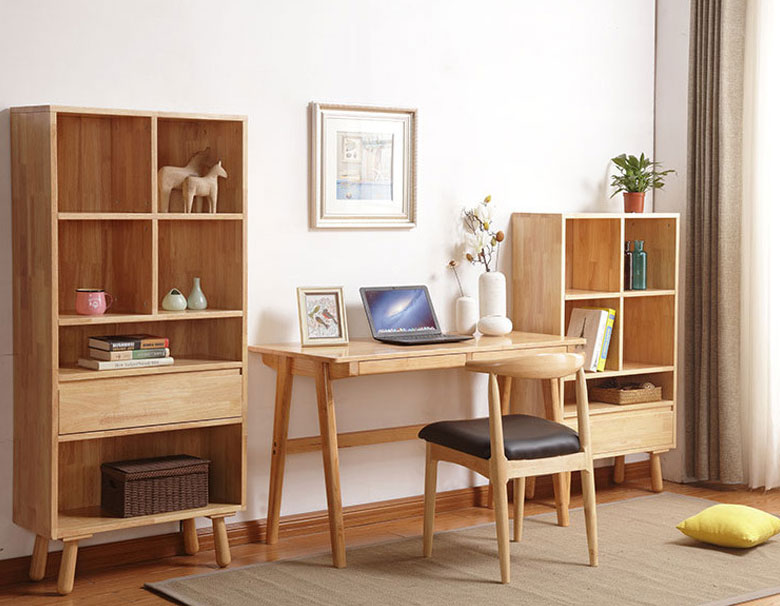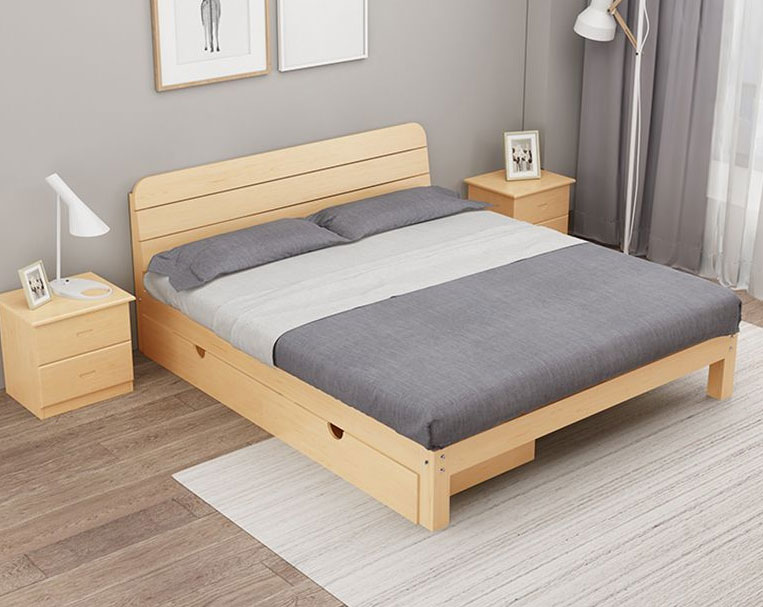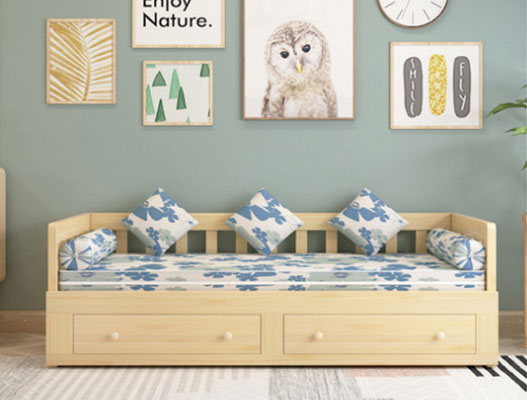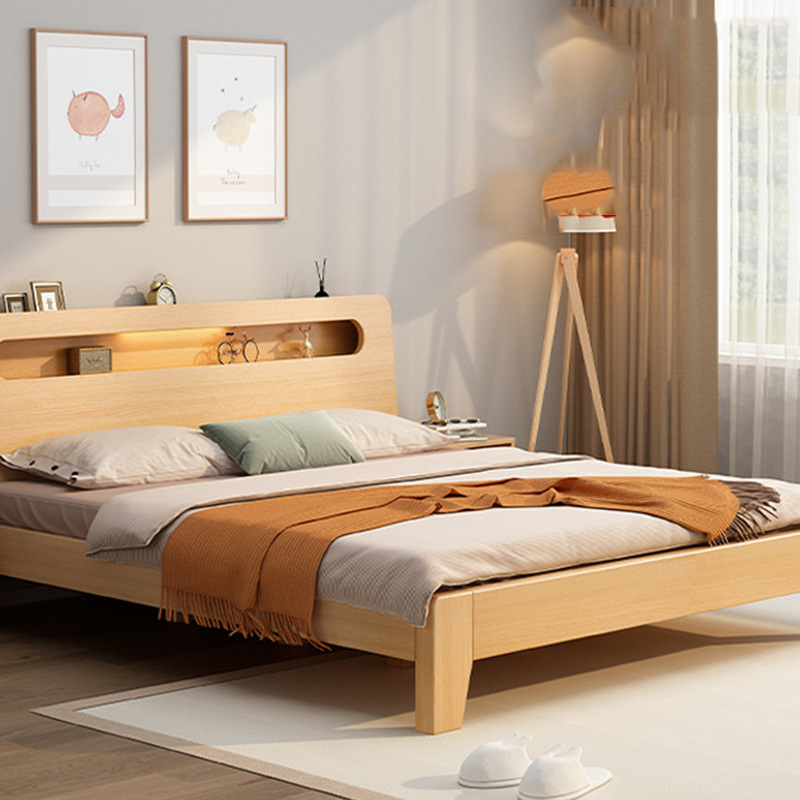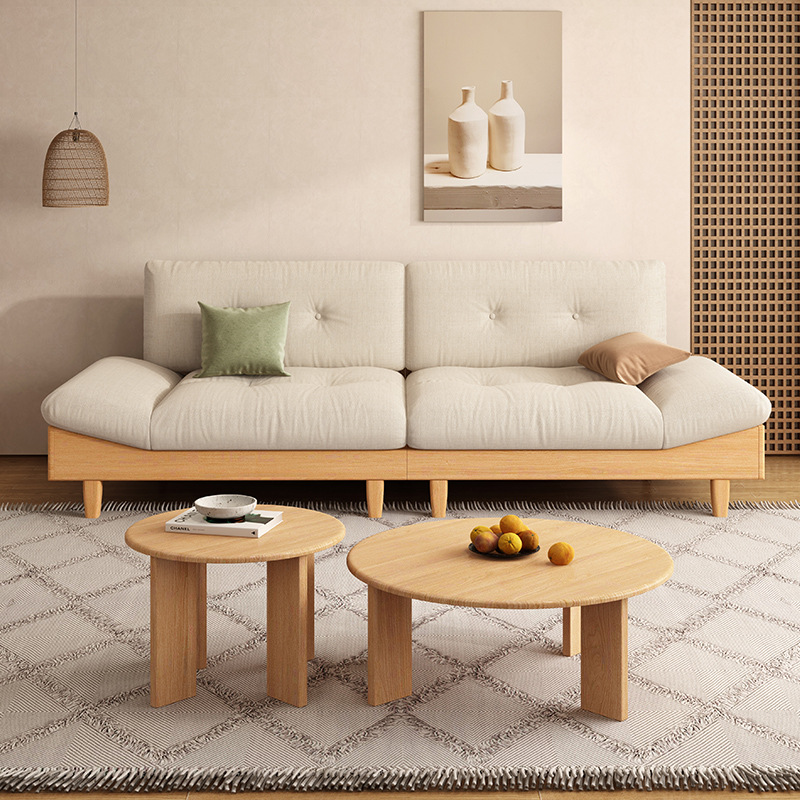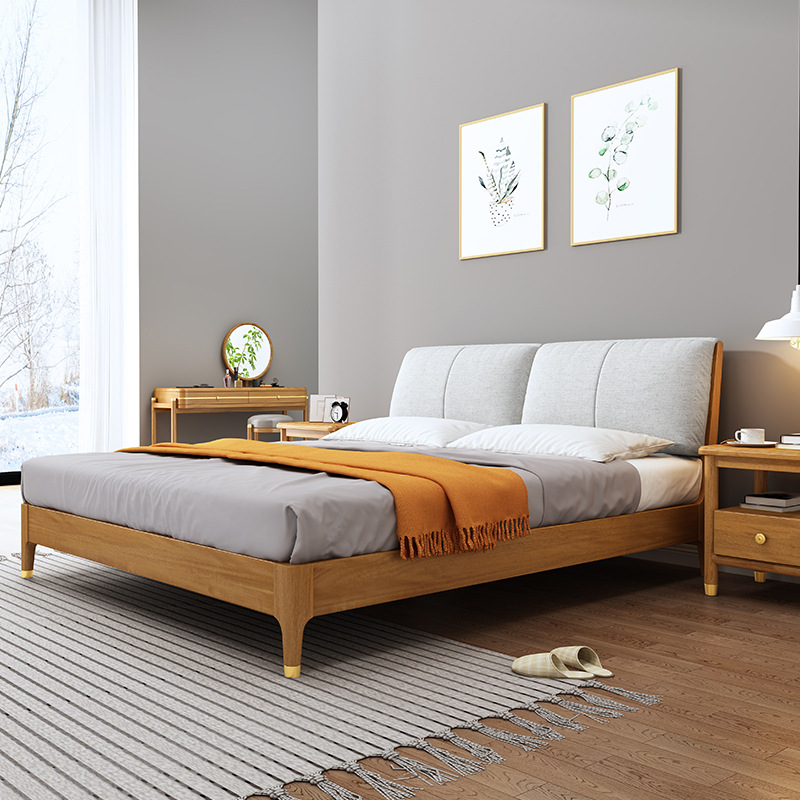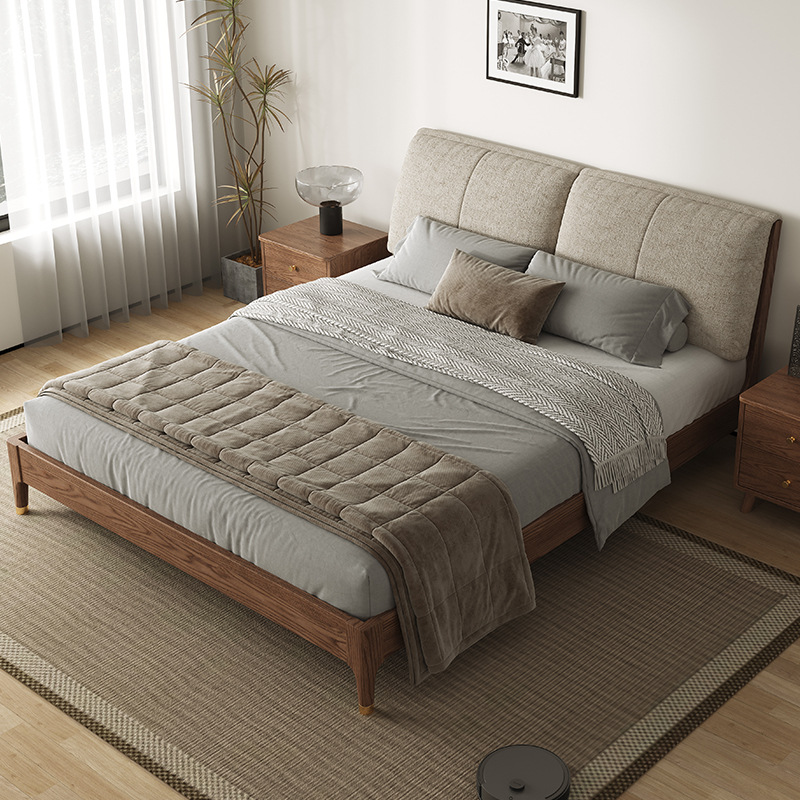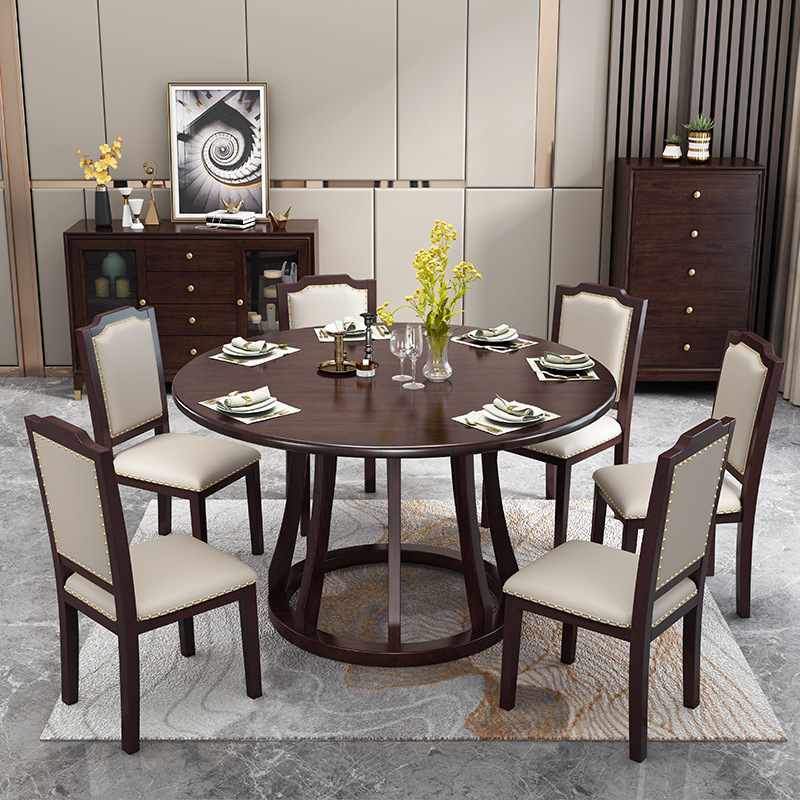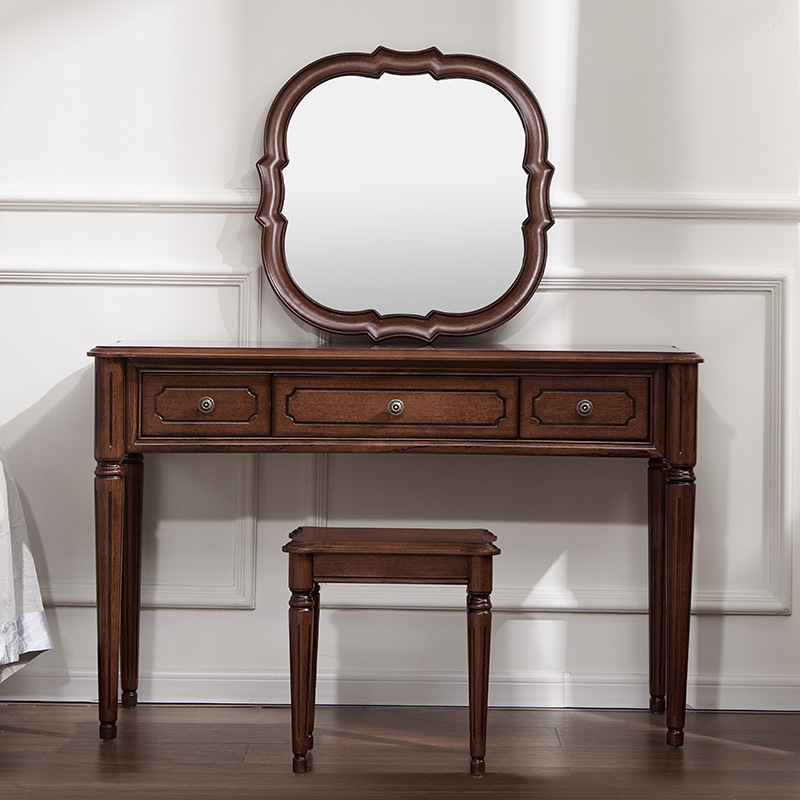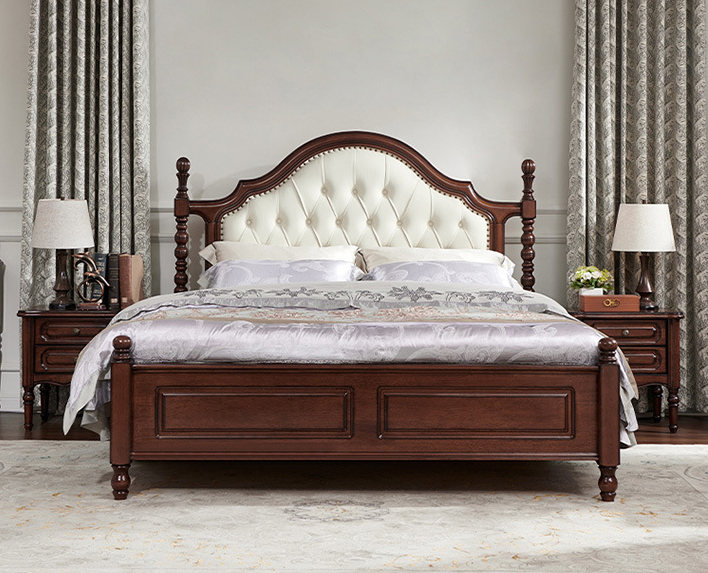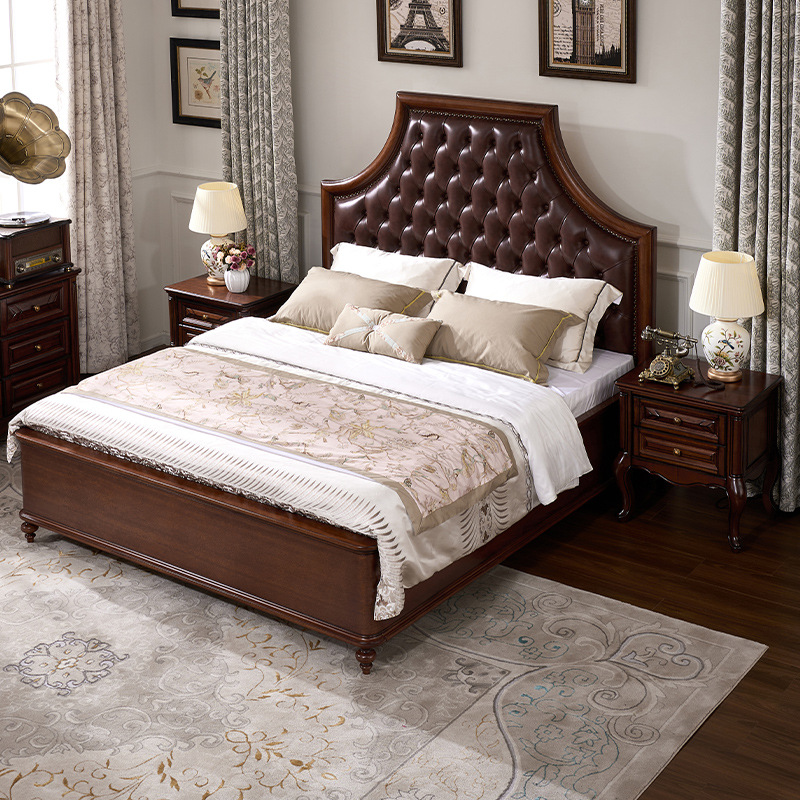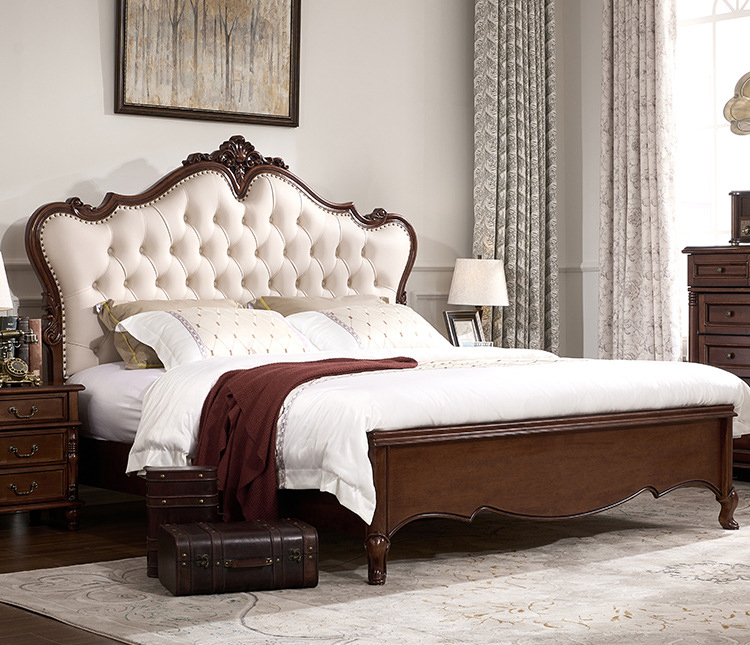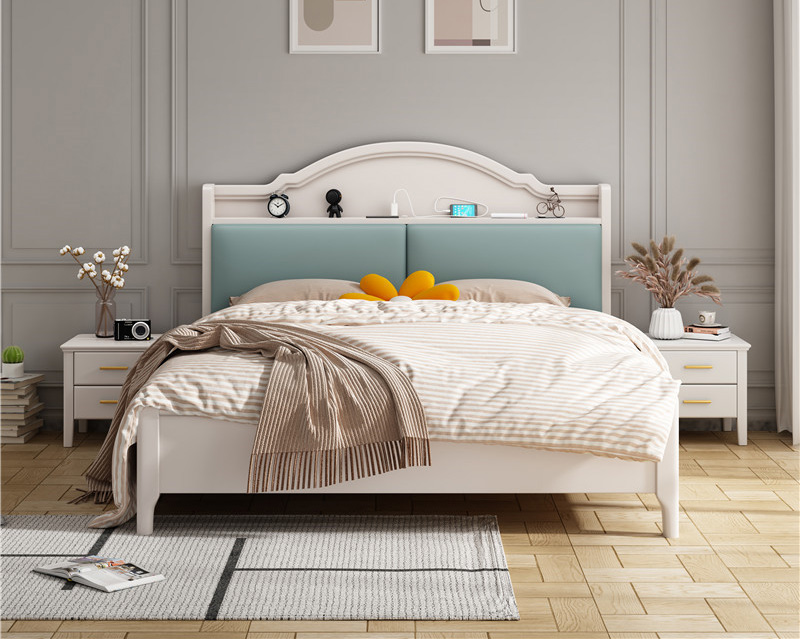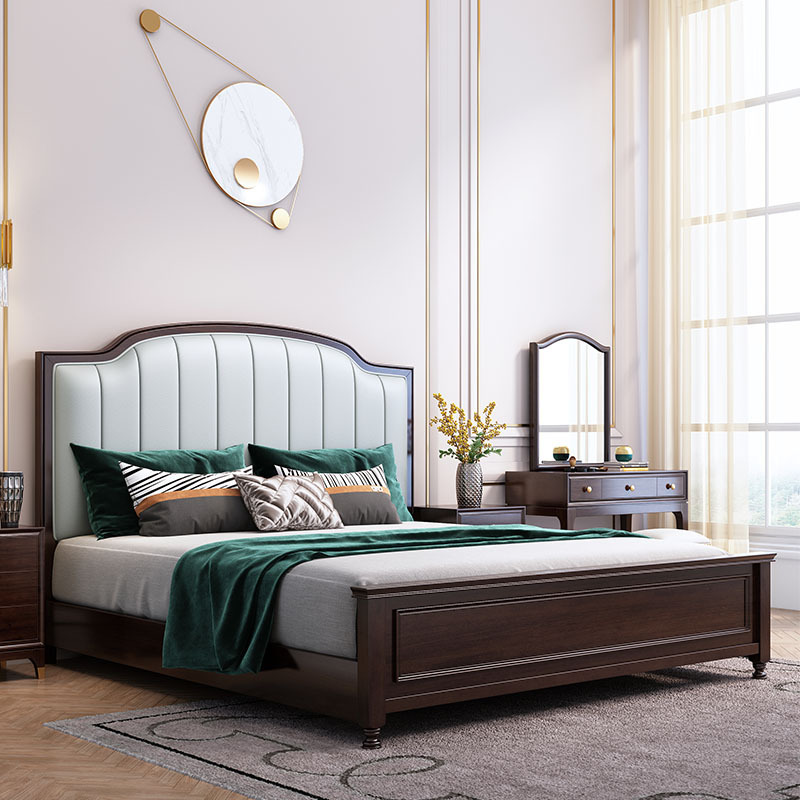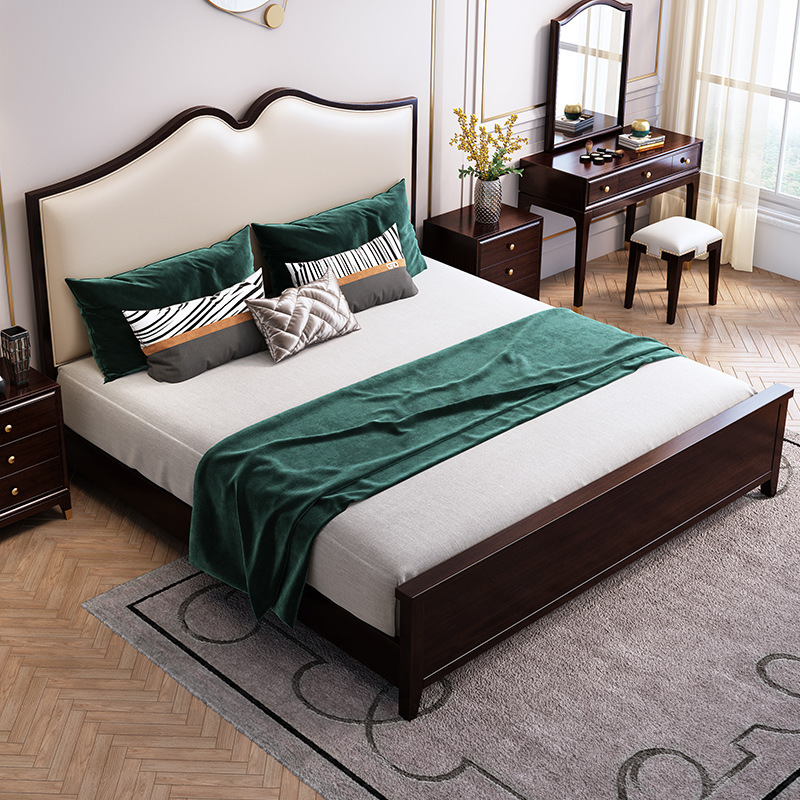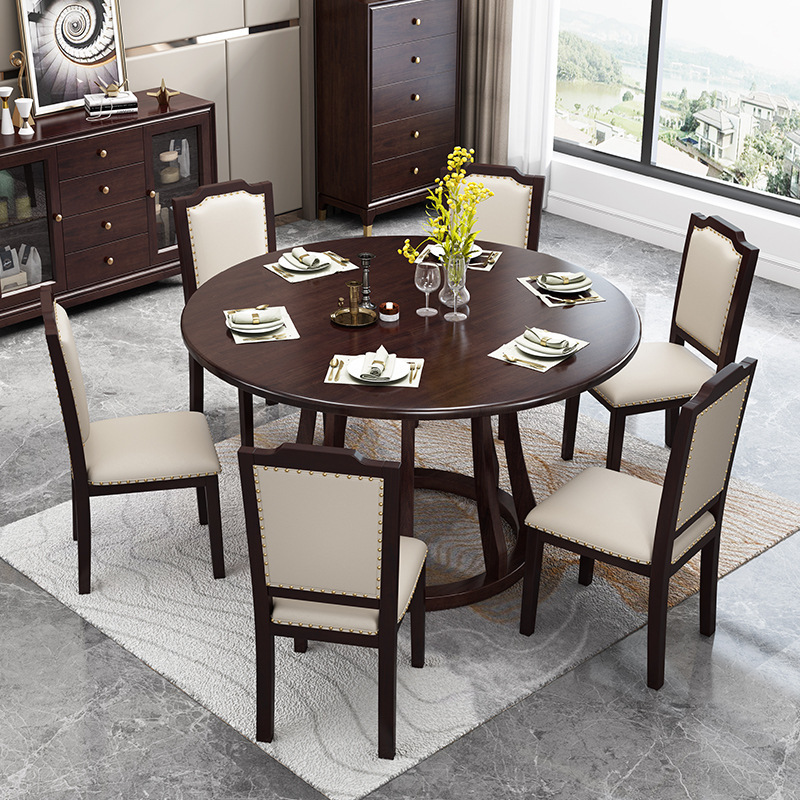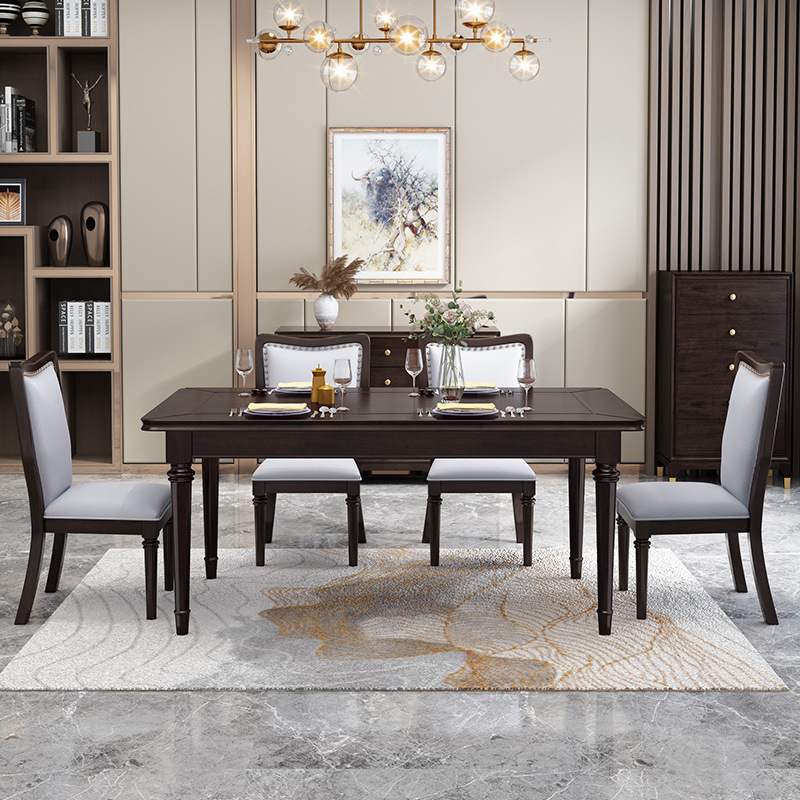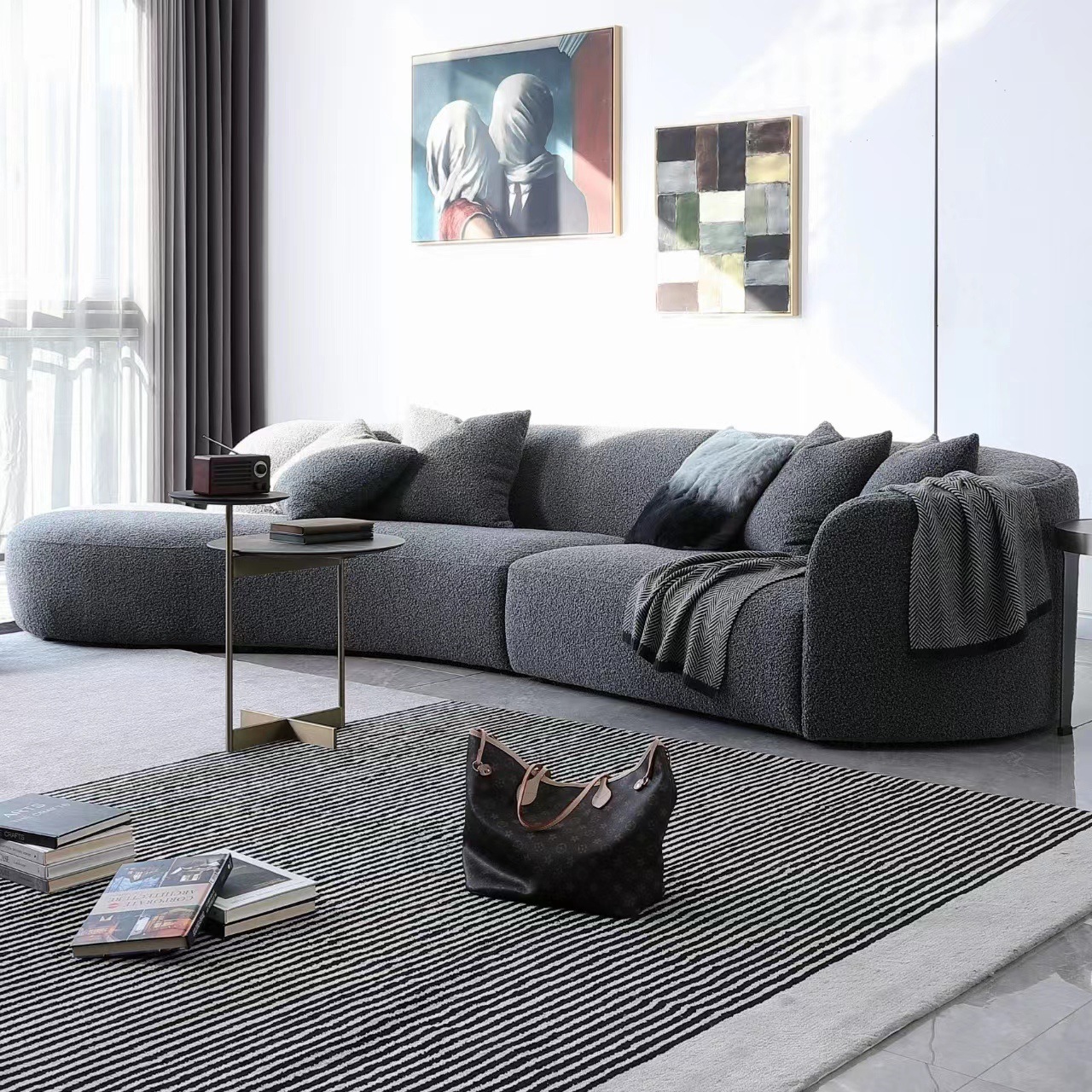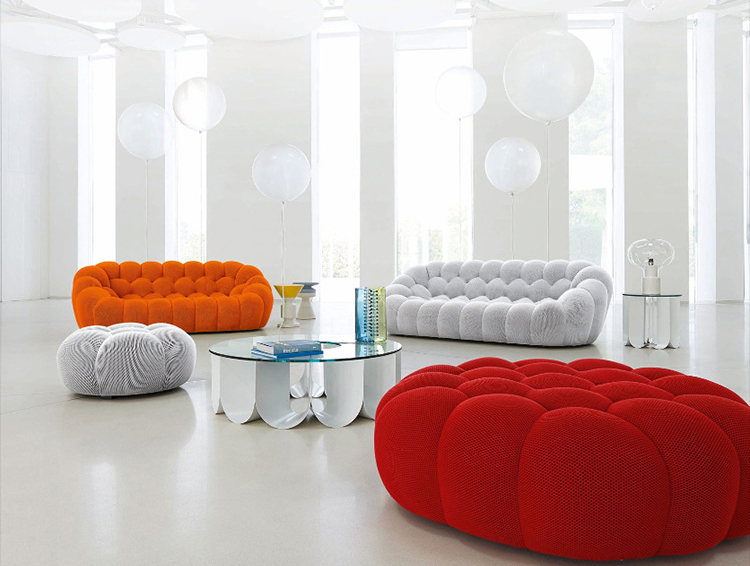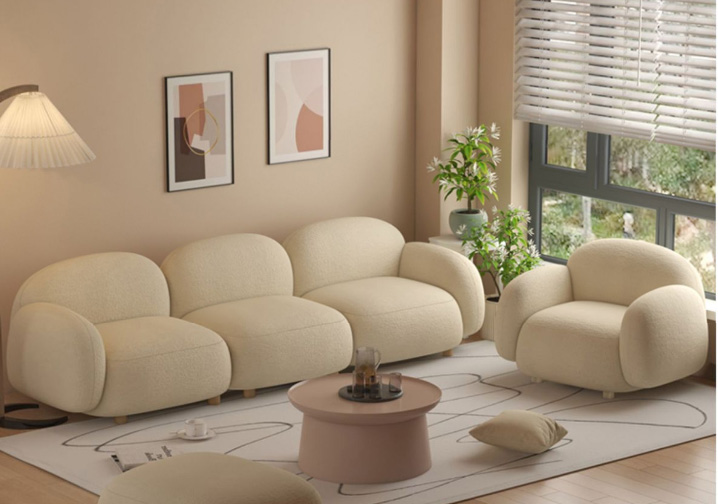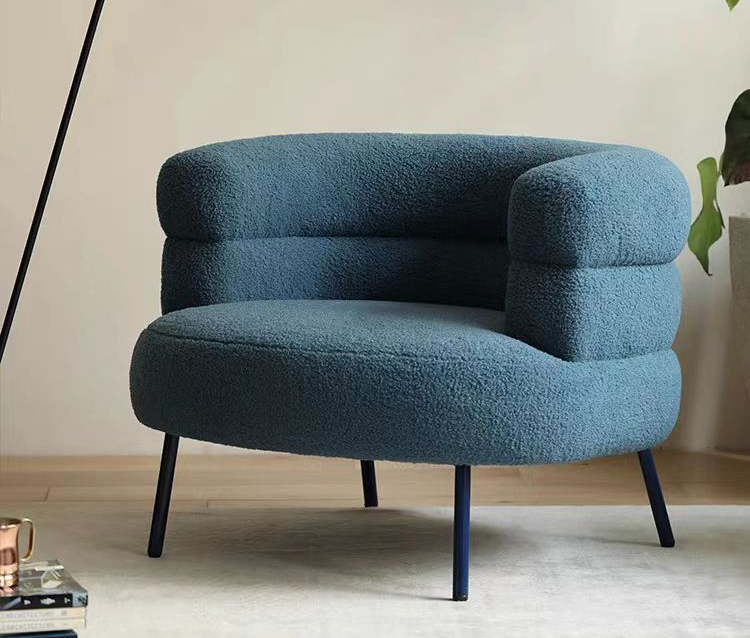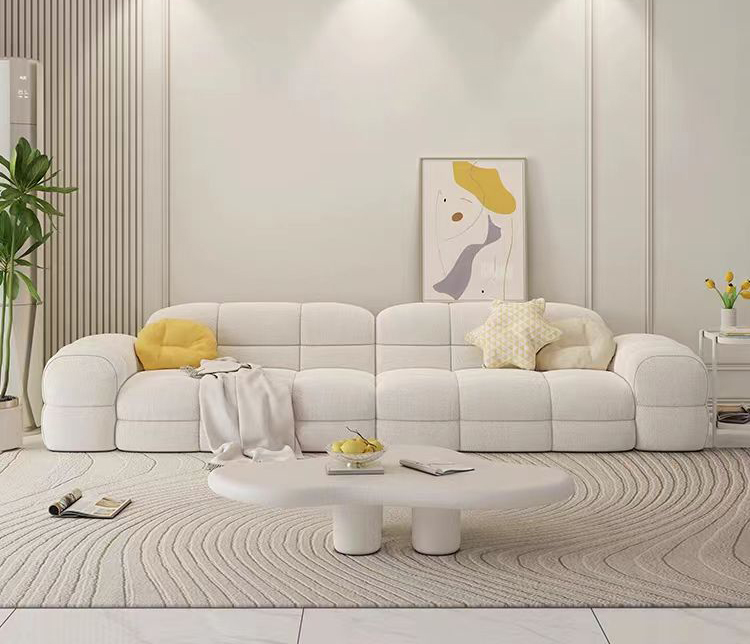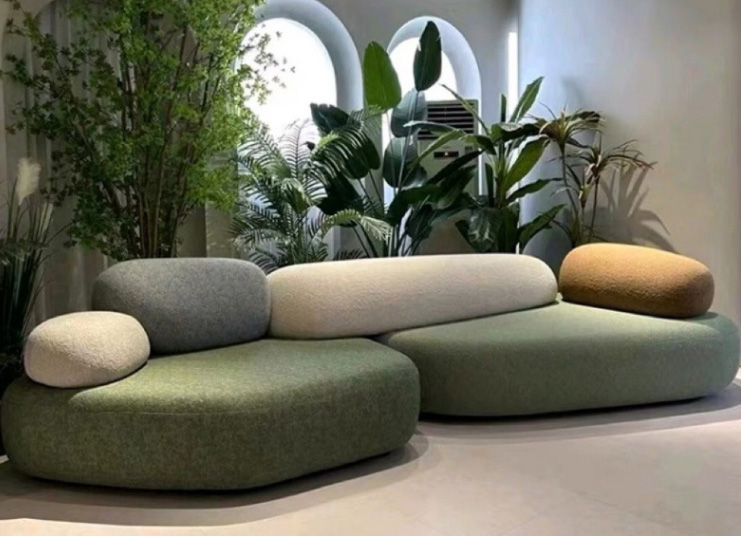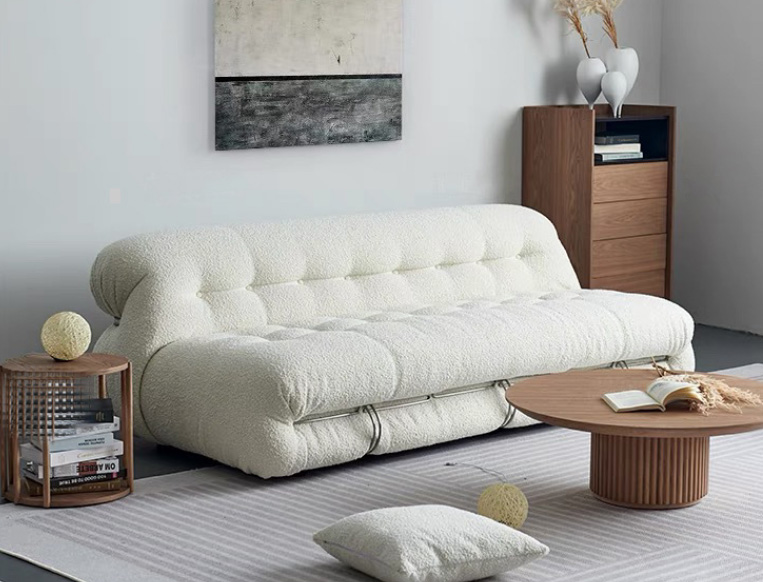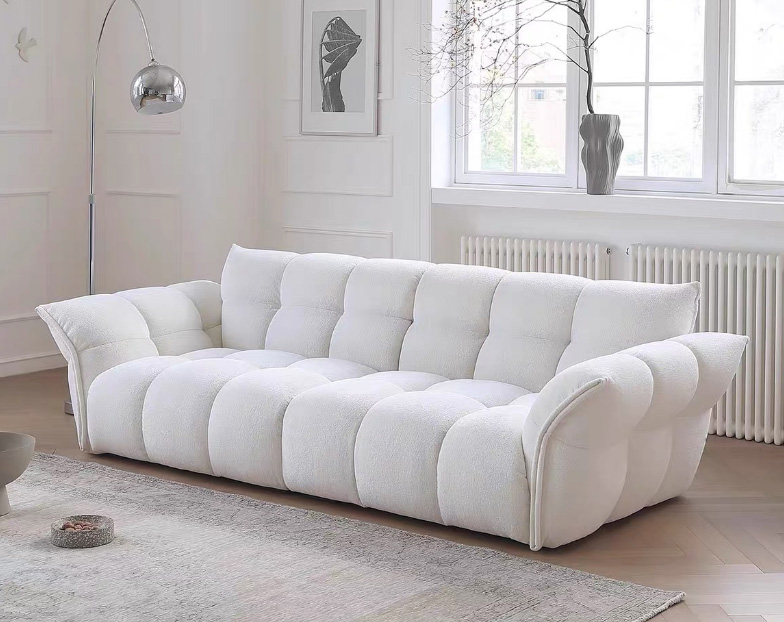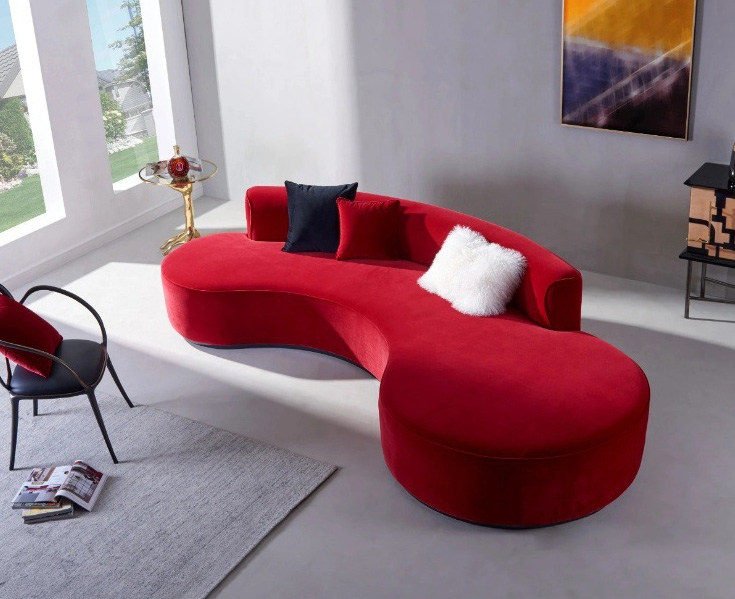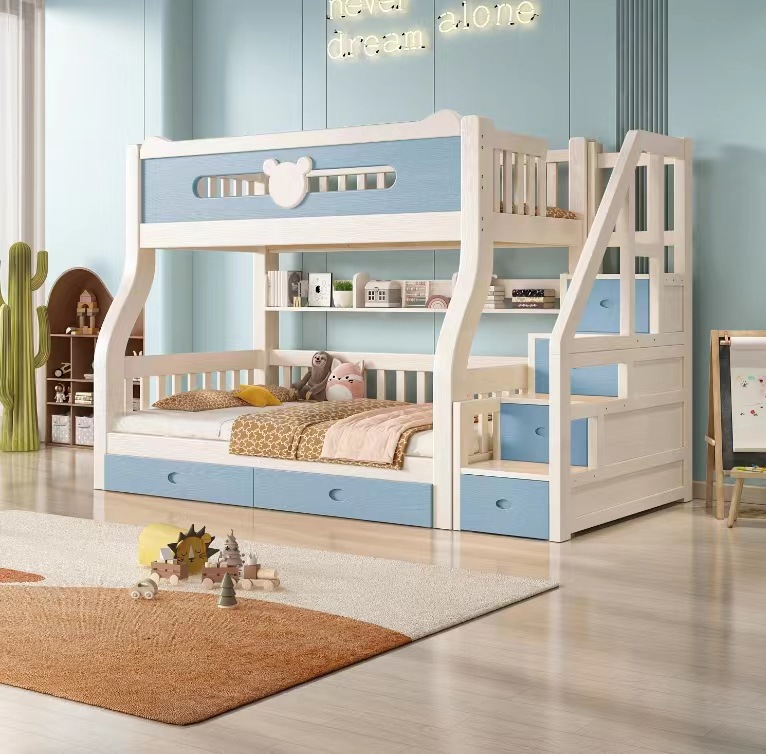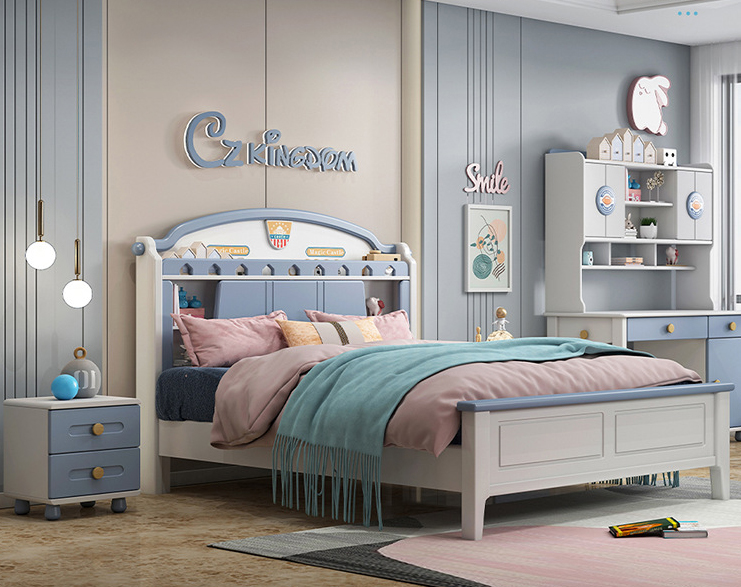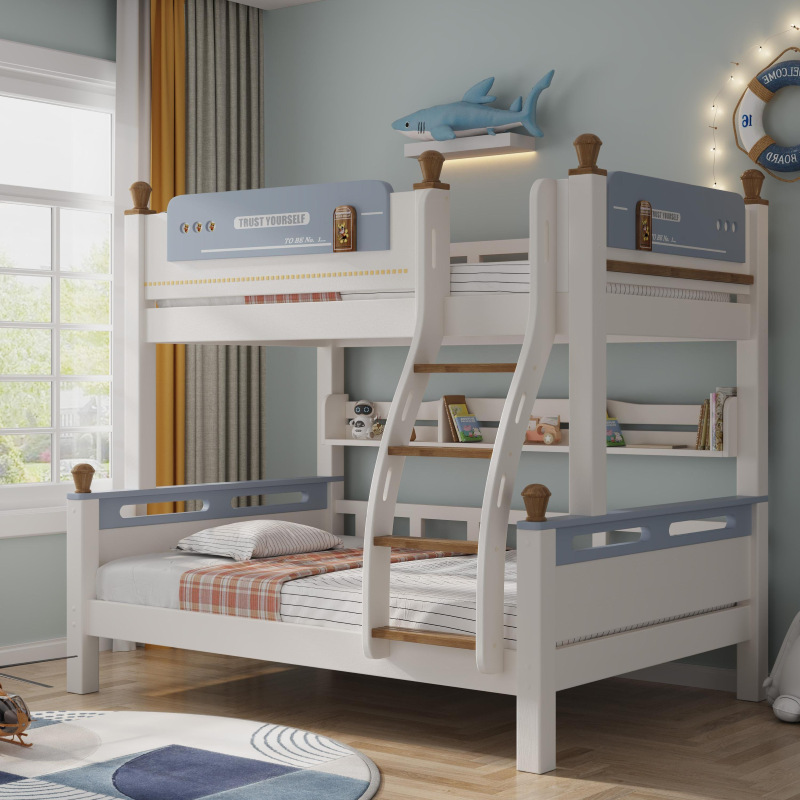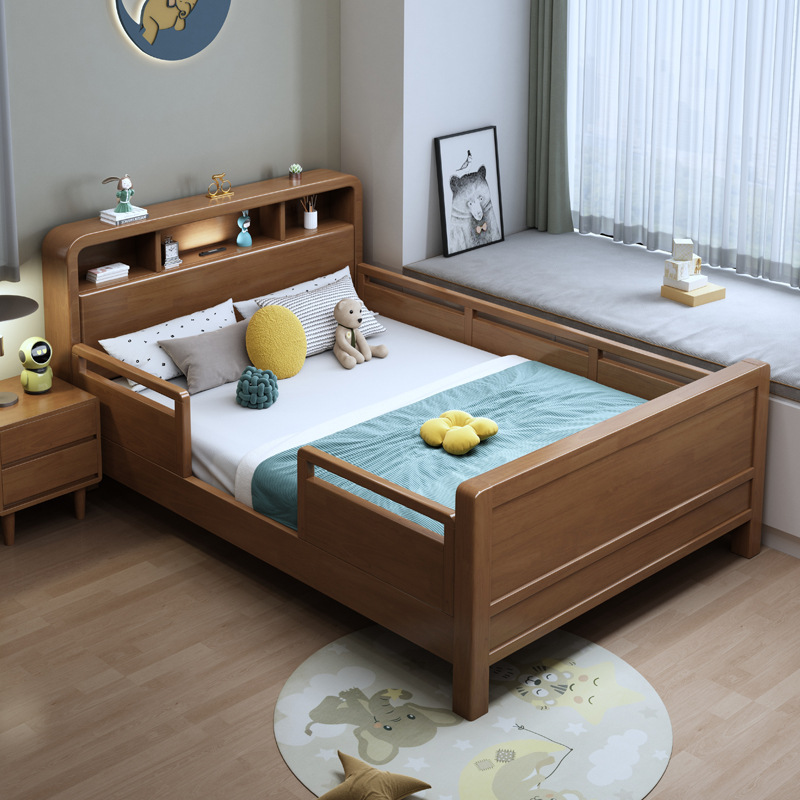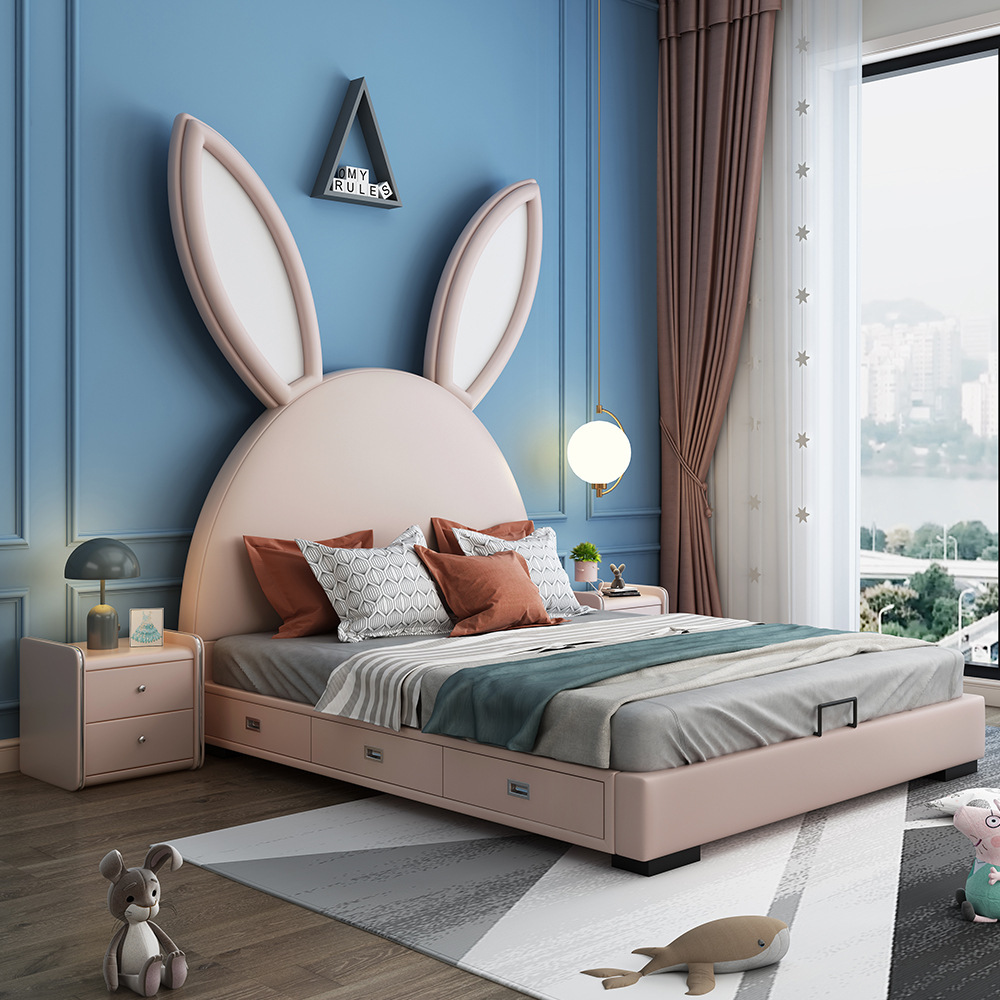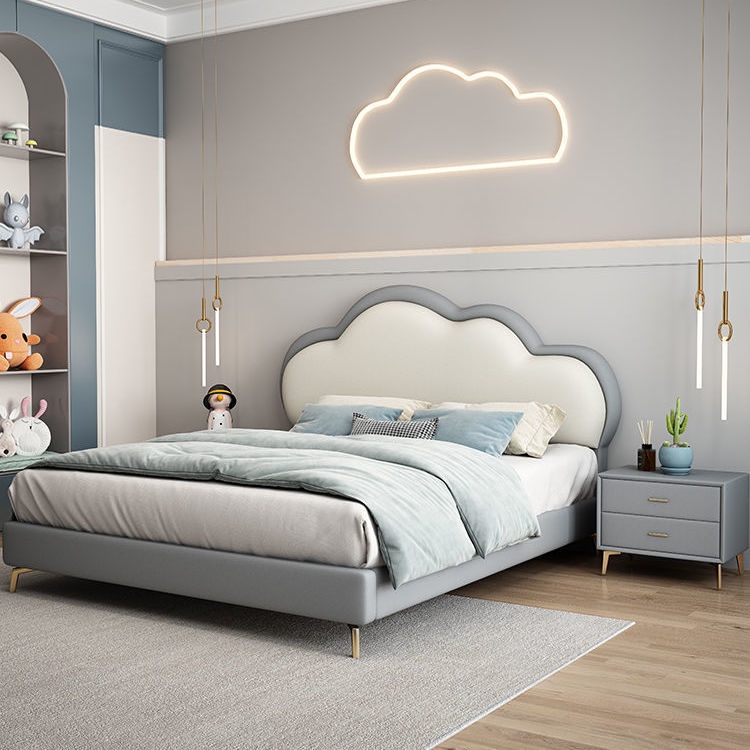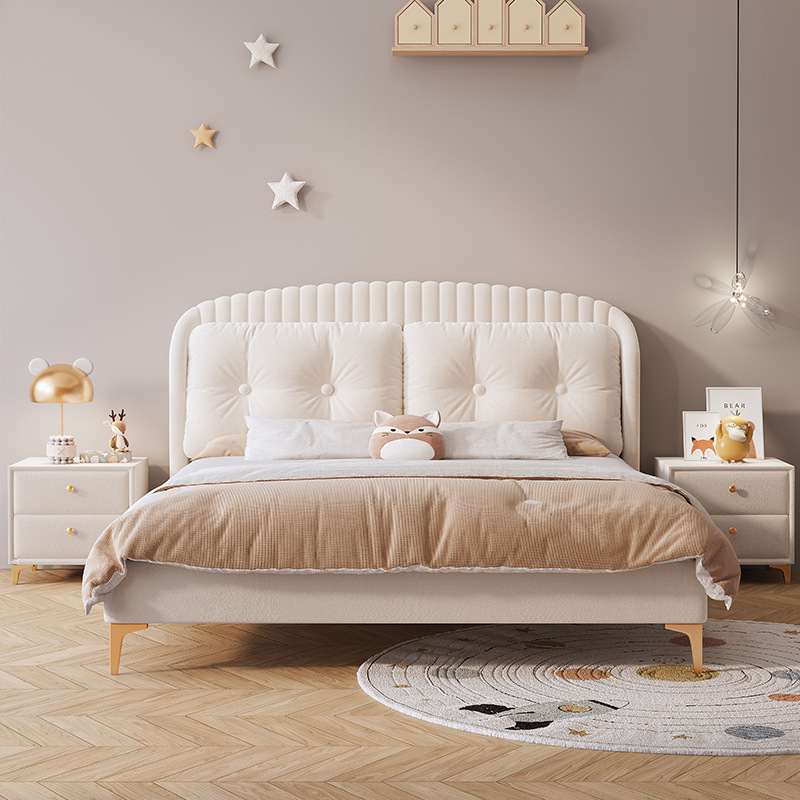Furniture to the sea: the road to the world brand Shunde furniture network
In the era of globalization, the furniture industry is ushering in a huge opportunity to go to sea. The road to the world brand will not only help furniture companies expand the market, but also enhance the international influence of the brand. This article will discuss the importance of furniture going to sea, challenges and coping strategies, and how to build an internationally competitive furniture brand.
The importance of furniture to the sea is self-evident. With the continuous expansion of the global market, furniture companies have the opportunity to sell their products to a wider region to meet the needs of consumers in different countries and regions. By going to sea, furniture brands can reach more customers and increase sales and profits. In addition, the development of internationalization also helps enterprises to learn advanced design and manufacturing technology, improve product quality and innovation ability.
However, taking furniture to sea comes with its own set of challenges. First of all, different countries and regions of the culture, aesthetic and lifestyle differences, furniture companies need to in-depth understanding of the needs of the target market, local design and customization. Secondly, the international market competition is fierce, furniture companies need to face competitors from around the world, to be competitive in quality, price and service. There is also the complexity of trade policy, logistics and after-sales services to deal with.
In order to successfully go to the world, furniture companies can adopt the following strategies. First of all, we should pay attention to product design and innovation, keep up with the international trend of home furnishing, combine local cultural characteristics, and create a unique brand image. Secondly, strengthen quality control to ensure that products meet international standards and win the trust of consumers with high quality. At the same time, establish a sound supply chain system, optimize logistics and warehousing management, and improve delivery efficiency. In addition, actively carry out marketing activities, using channels such as the Internet and social media to enhance brand awareness and reputation.
To build an internationally competitive furniture brand requires long-term efforts and continuous investment. Enterprises should continuously improve their own strength, cultivate international teams, and strengthen cooperation with international partners. By participating in international exhibitions and cooperating with overseas distributors, we will expand sales channels and gradually establish our own brand influence on a global scale.
Furniture to sea is a road full of opportunities and challenges, but also an important way for furniture companies to achieve international development. Only by constantly adapting to market changes, improving product quality and brand image, furniture companies can gain a foothold in the international market, and the road to the world's brand can go wider and wider. Let's look forward to more Chinese furniture brands shining on the world stage
In today's era of globalization, national boundaries are no longer a barrier to business growth. The furniture industry is no exception and is facing broad international opportunities. With the advancement of technology and the opening of the market, furniture companies have the opportunity to cross national borders and expand overseas markets to achieve greater growth and success.
Exploring international opportunities brings multiple benefits to the furniture industry. First, it provides a broader market for businesses, allowing them to reach consumers around the globe. Different countries and regions have different cultures and lifestyles, which provide rich inspiration for furniture design and innovation. By meeting the needs of different markets, enterprises can expand the scale of sales and improve profits.
Secondly, international cooperation and exchange have brought technological and design innovations to the furniture industry. Working with international partners, companies can share the latest technologies, materials and design concepts to accelerate product development and upgrading. In addition, by participating in international exhibitions and events, furniture companies can showcase their brands, establish contacts with international buyers, understand industry trends, and further enhance their competitiveness.
However, to successfully break national boundaries, furniture companies need to overcome some challenges. Language and cultural differences can affect market entry and communication. It is essential to understand the consumer needs, preferences and market rules of different countries. In addition, international trade policies, laws and regulations and logistics also need to be deeply studied and adapted.
In order to better grasp international opportunities, furniture companies can adopt a series of strategies. First of all, strengthen the market research, in-depth understanding of the needs and trends of the target market, in order to design and promote products. Secondly, establish international partnerships and cooperate with local enterprises to jointly explore the market. In addition, it pays attention to brand building and product quality to enhance its visibility and reputation in the international market.
Governments and industry organizations can also play an important role in supporting the internationalization of furniture companies. They can provide training and resources to help businesses understand international markets and trade rules. At the same time, promote international cooperation and exchanges, build a platform, so that furniture companies have more opportunities to display and promote their products.
Breaking borders and exploring international opportunities in the furniture industry is a challenging but also promising journey. By actively adapting to market demand and strengthening international cooperation, furniture companies can show their strength on the global stage and achieve sustainable development. Such exploration not only contributes to the growth of enterprises, but also brings more high-quality furniture choices to global consumers, and jointly promotes the prosperity of the industry.
In the era of e-commerce, buying furniture has become more convenient, but it also brings some challenges. In order to help consumers choose from many options to buy furniture, the following is a furniture shopping guide in the era of e-commerce.
First, determine the needs
Before you begin to buy furniture, you must first identify your needs. Consider room size, functionality, and personal style preferences. For example, whether you need to buy bedroom furniture, living room furniture or office furniture, etc. Clear requirements can help narrow the selection and choose the right product more targeted.
Second, view product details
On the e-commerce platform, it is very important to carefully review the product details. Understand the material, size, color, style and other information of furniture. Look at product pictures and pay attention to detail and texture. At the same time, read the evaluation and printing of other consumers to understand the actual use and quality of the product.
Third, brand and reputation
Choosing well-known brands and reputable furniture merchants can increase the reliability of your purchase. See the brand's word-of-mouth, customer reviews and after-sales service. Brand awareness and reputation is often a symbol of product quality and after-sales protection.
4. Compare prices
On e-commerce platforms, it is easy to compare prices. Don't just look at the low price, we should consider the quality and cost performance of the product. Also, look out for promotions and coupons to get better prices.
5. Size and adaptability
Make sure to measure the dimensions of the room carefully and compare them with the dimensions of the furniture. Consider the placement and layout of furniture, ensure that the furniture purchased is compatible with the room space, and avoid the trouble caused by inappropriate size.
6. After-sales service
Understand the merchant's after-sales service policy, including return, repair and warranty. A good after-sales service can provide security after purchase and solve possible problems.
7. Consult before placing orders
If you have any questions or need to further understand the product details, you can consult the business through online customer service or telephone. Communication in advance can help resolve doubts and ensure the accuracy of purchasing decisions.
The era of e-commerce provides us with a broader platform for furniture purchase, but it also requires us to be more careful in our choice. By clarifying the needs, viewing product details, considering the brand and reputation, comparing prices, paying attention to size and fit, and understanding after-sales service, we can better buy the right furniture for our own. Also, remember to carefully read user reviews and consult merchants for more information. I hope this shopping guide can help you easily buy satisfactory furniture in the era of e-commerce, and create a warm and comfortable home space.


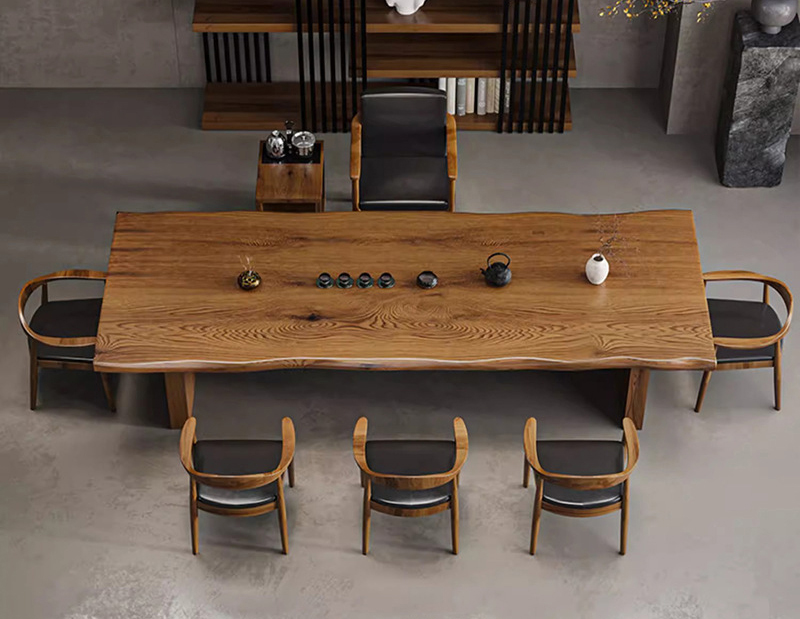
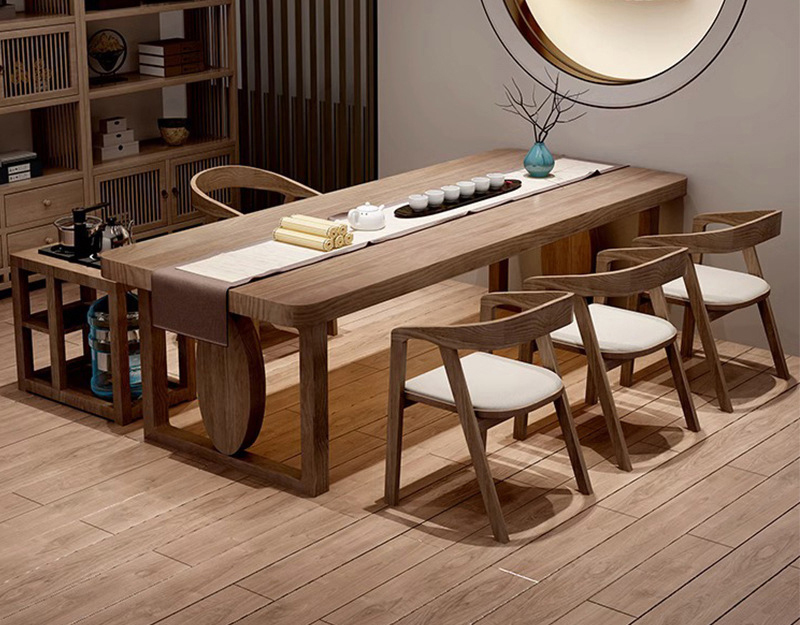


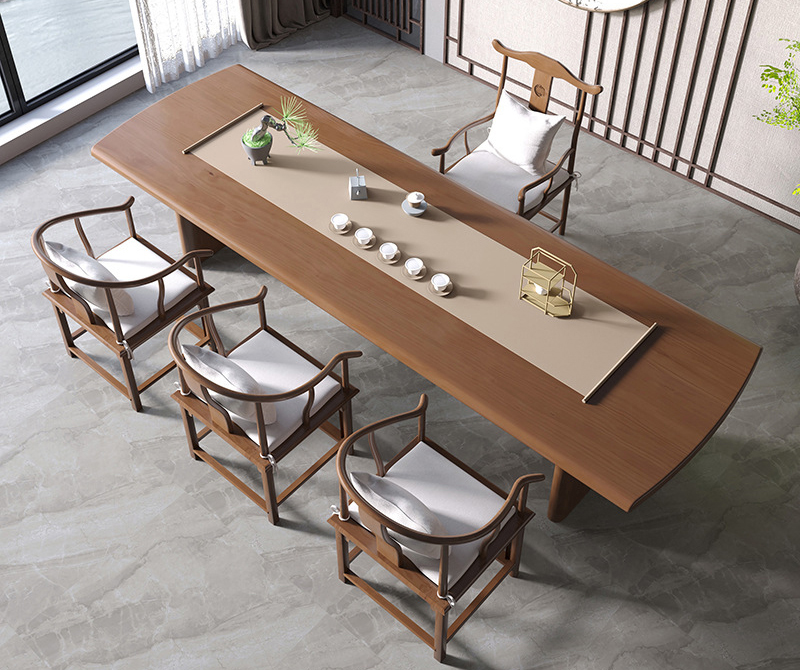
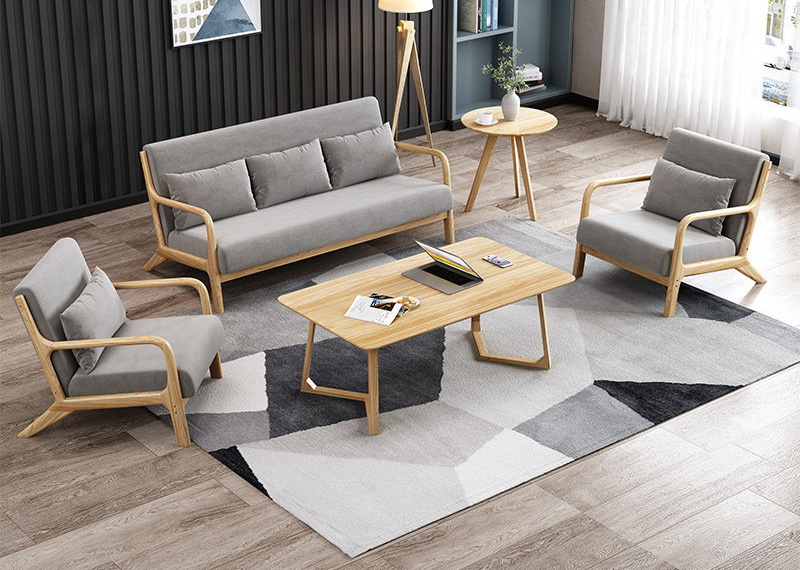
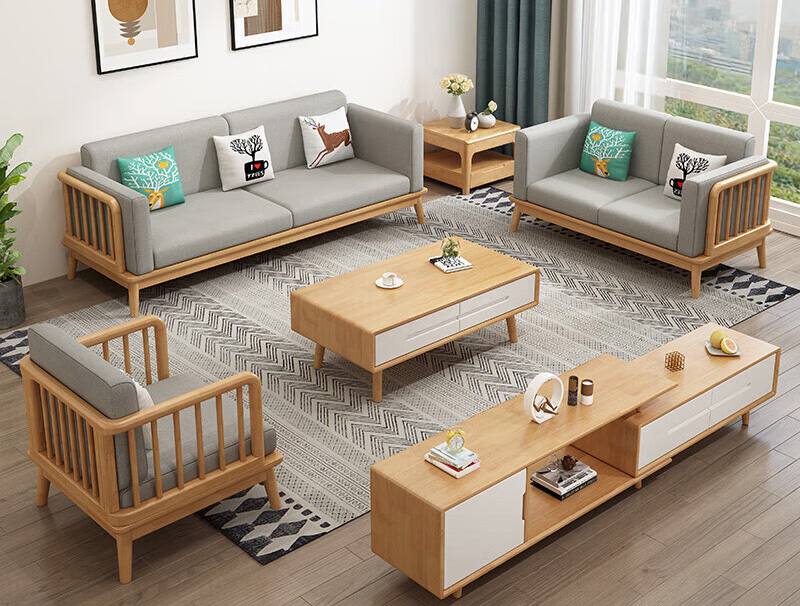

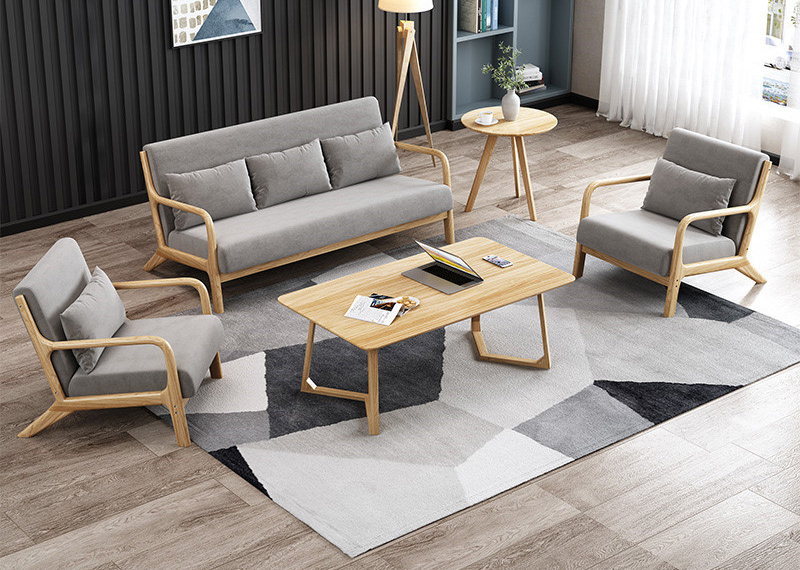
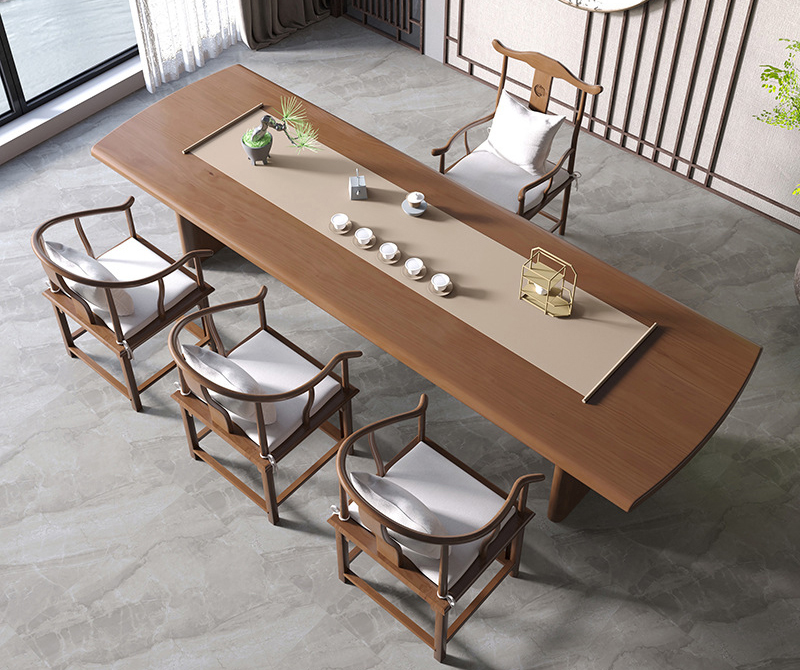

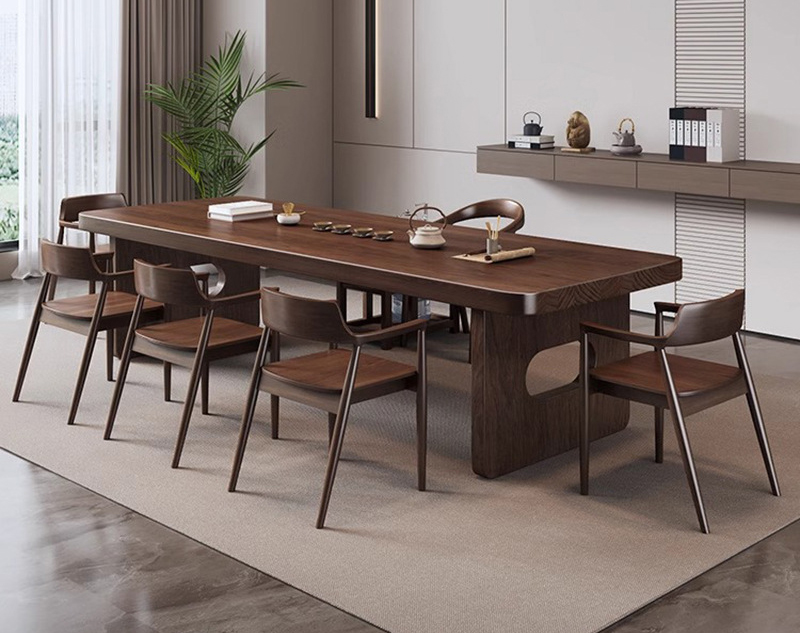
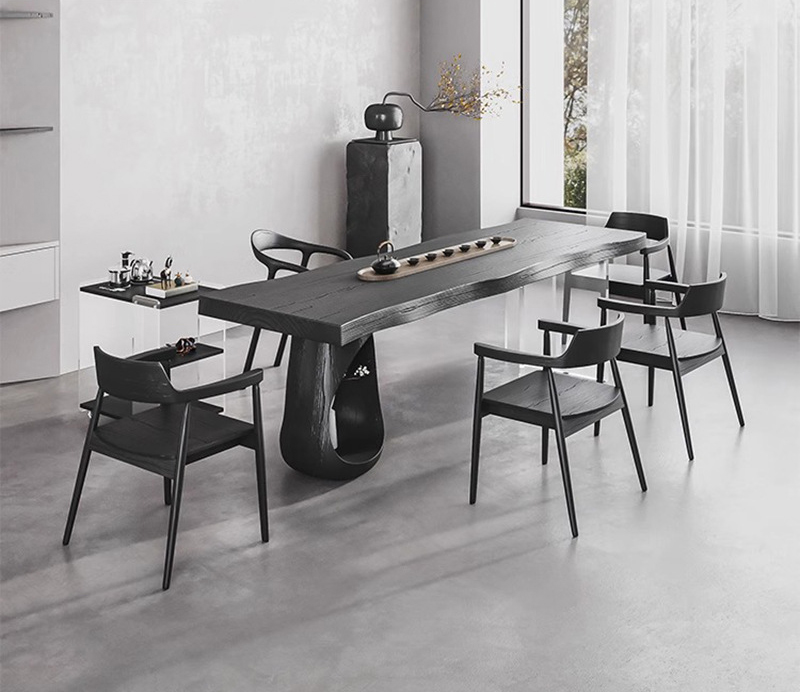
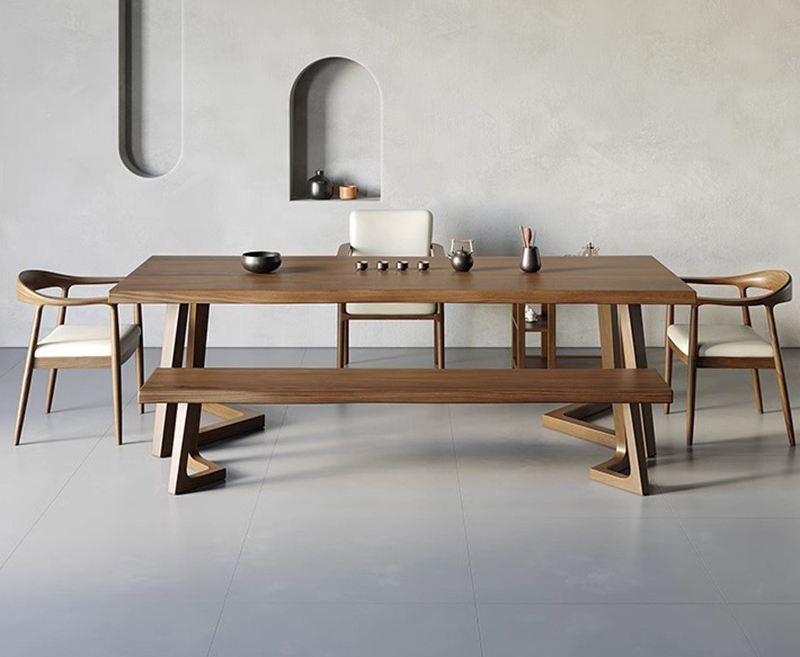
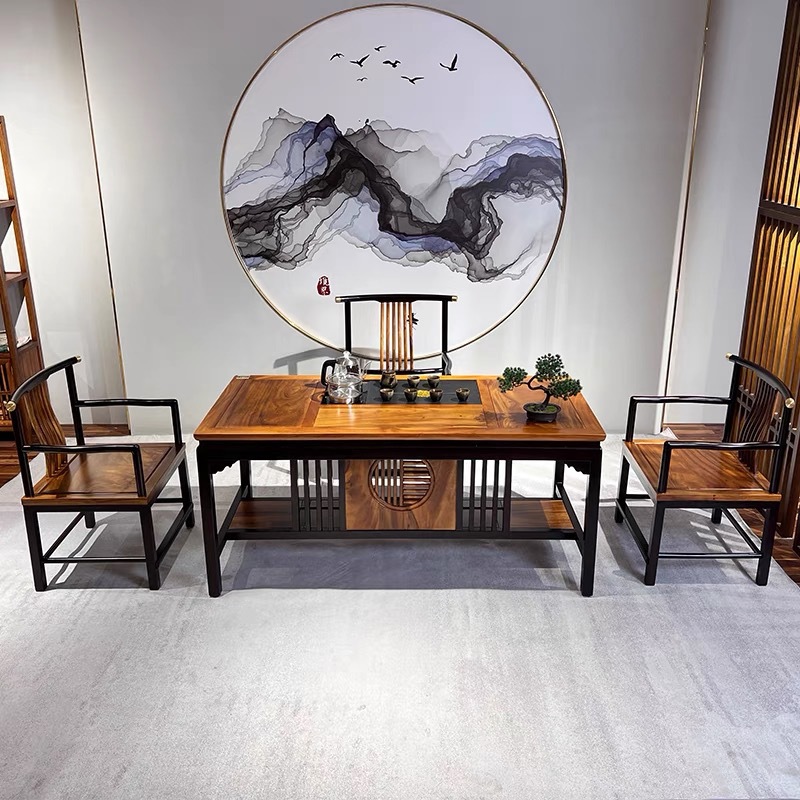

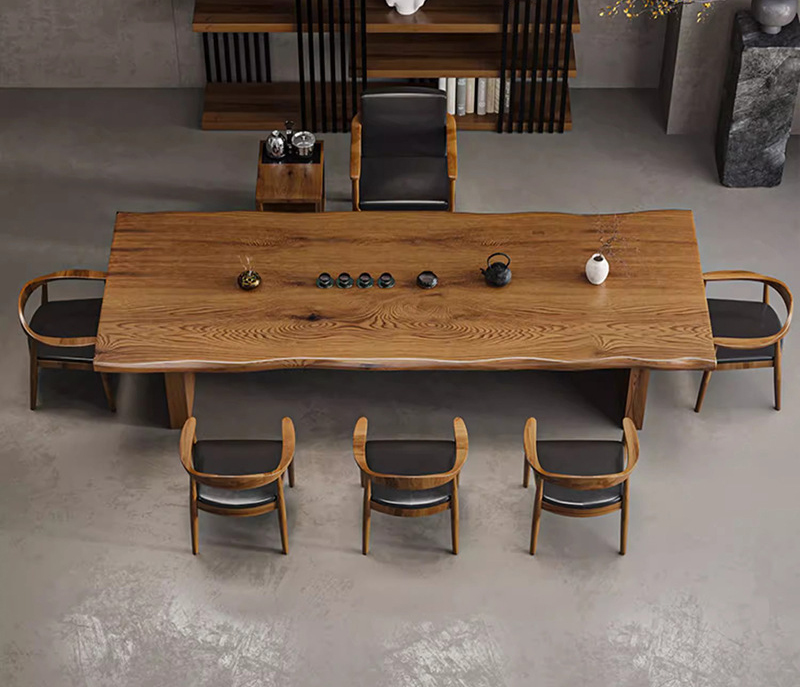
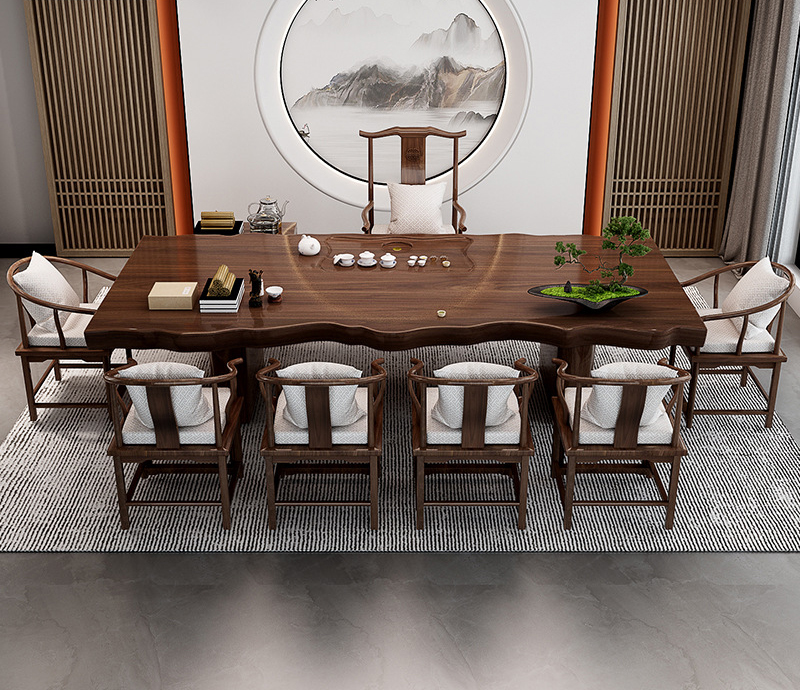
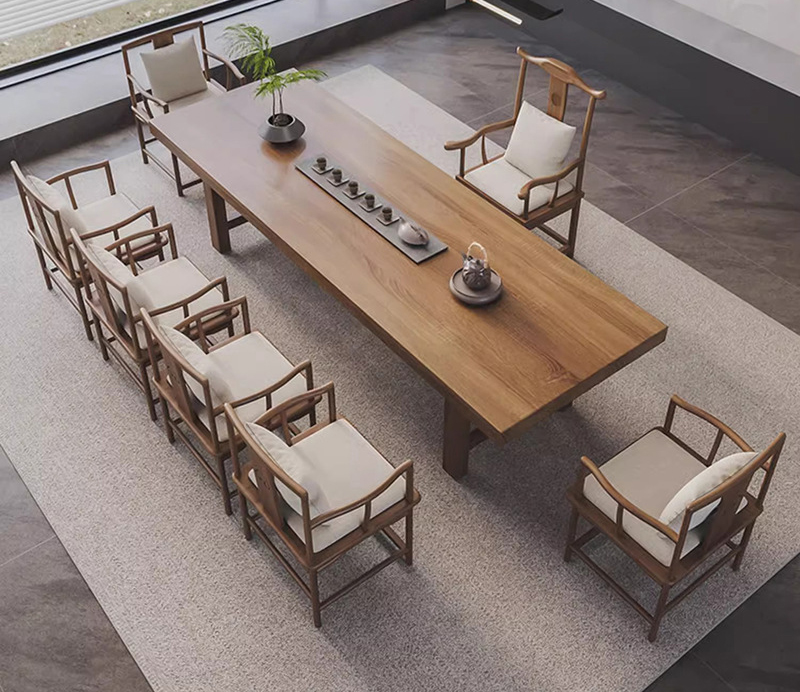
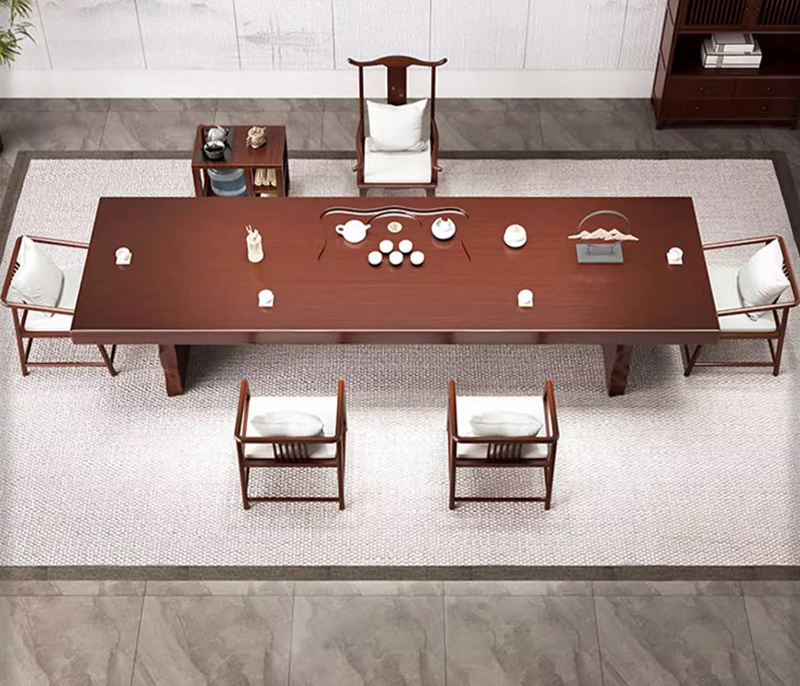


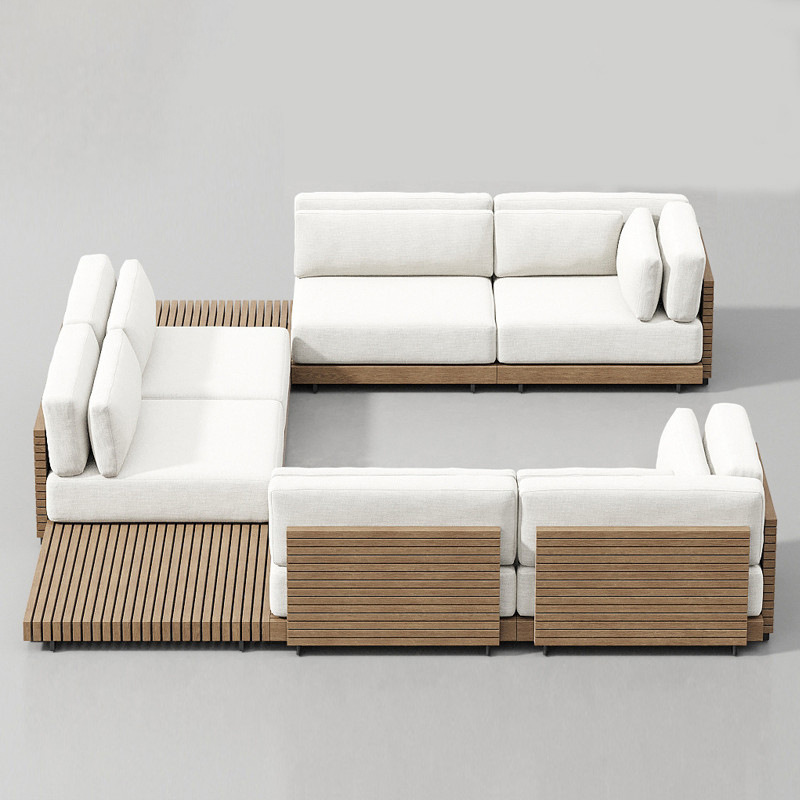





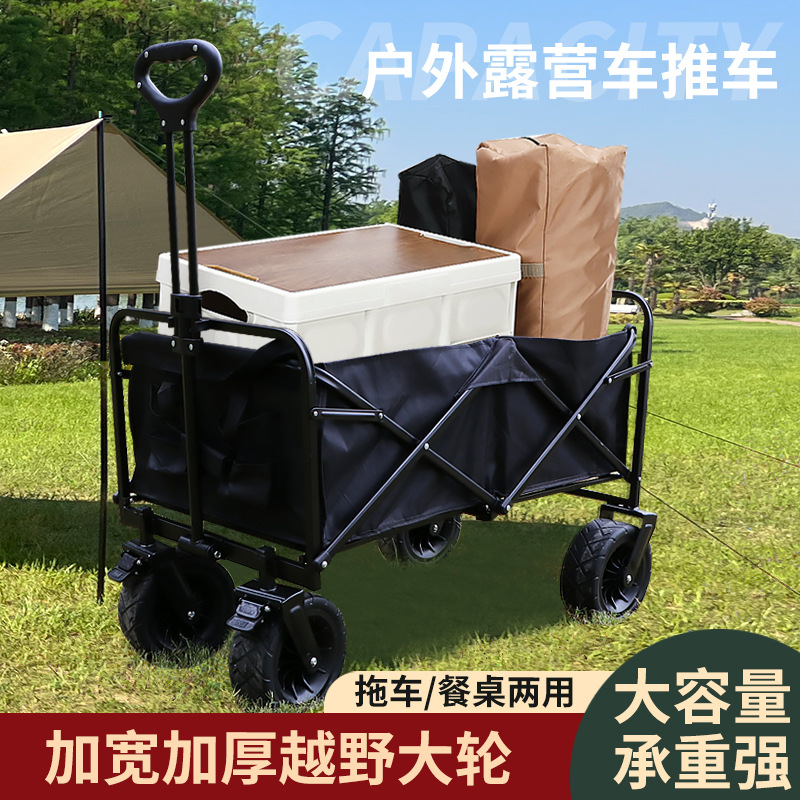


![[Fashion choice, new office fashion] -- network celebrity boss table [Fashion choice, new office fashion] -- network celebrity boss table](/upload/news/2024-01/65b30849d1bf3.jpg)
